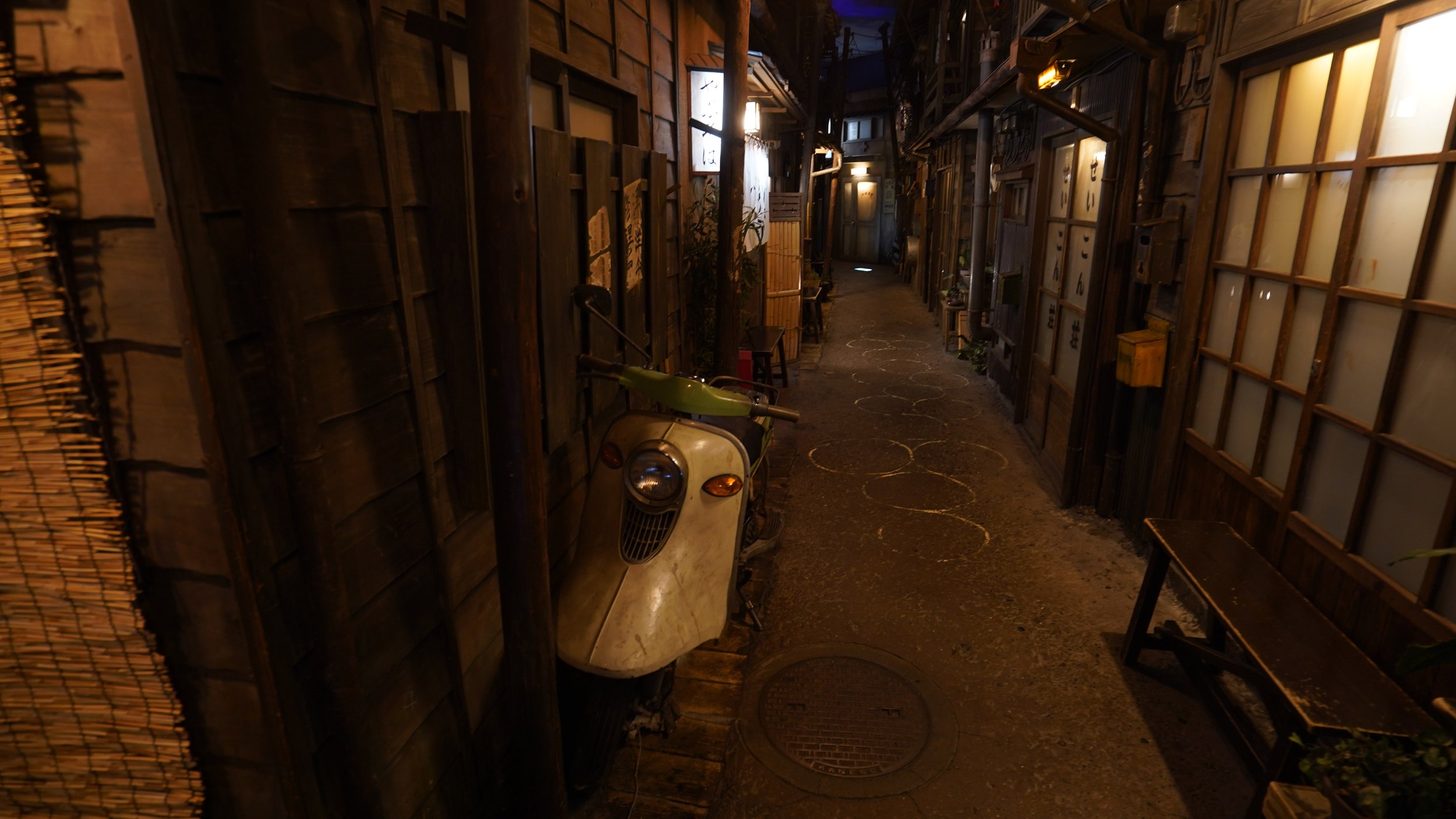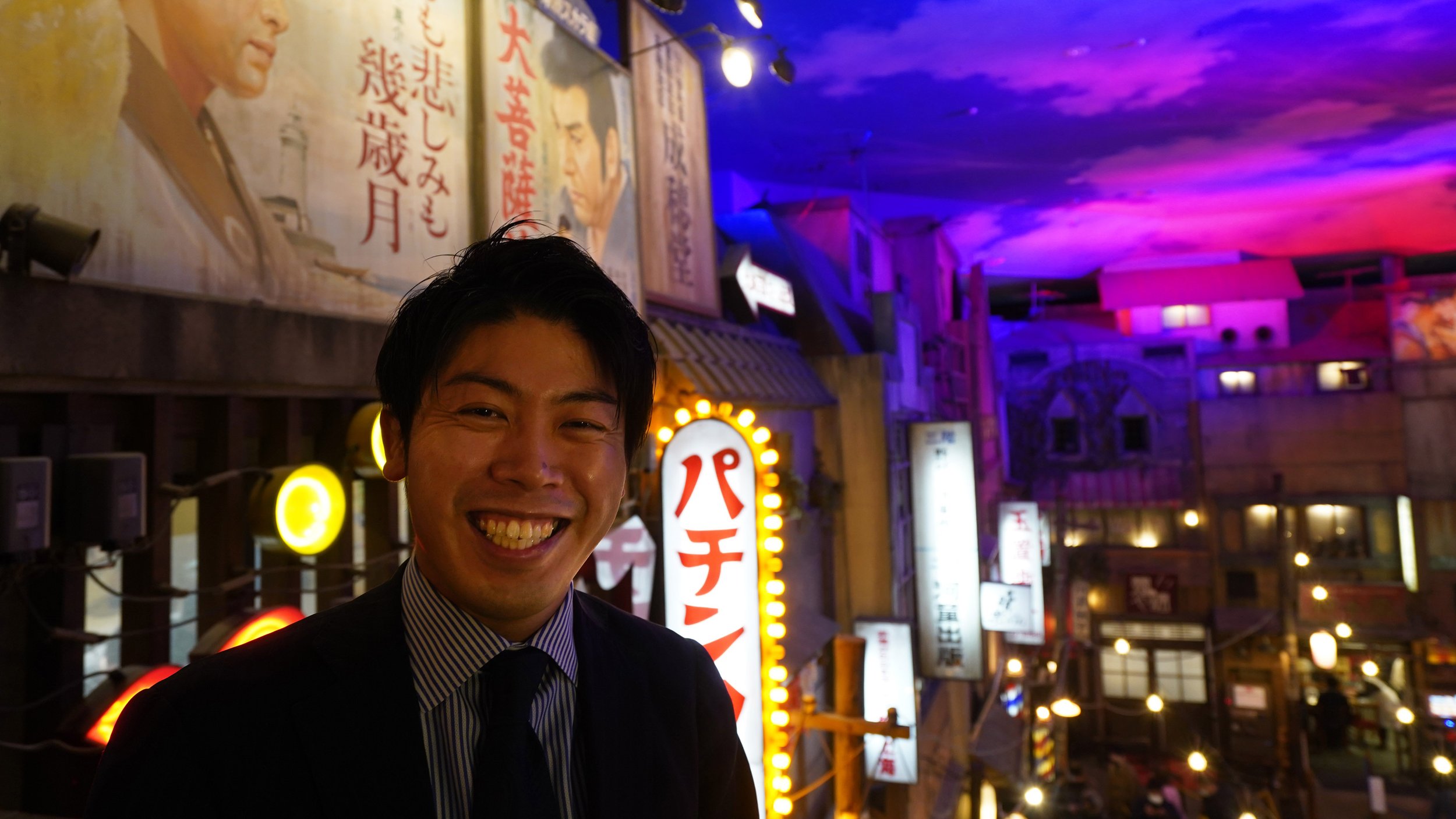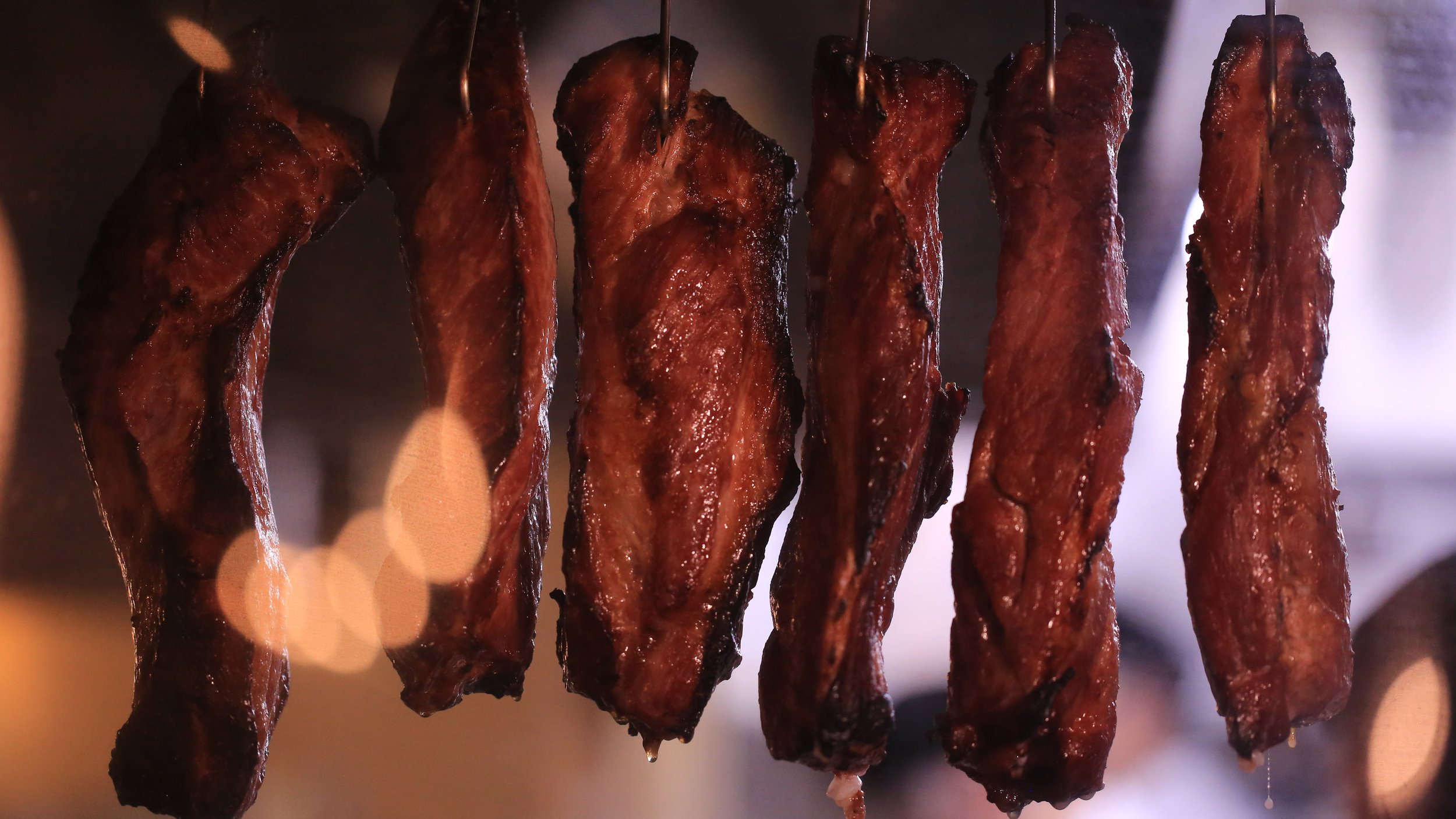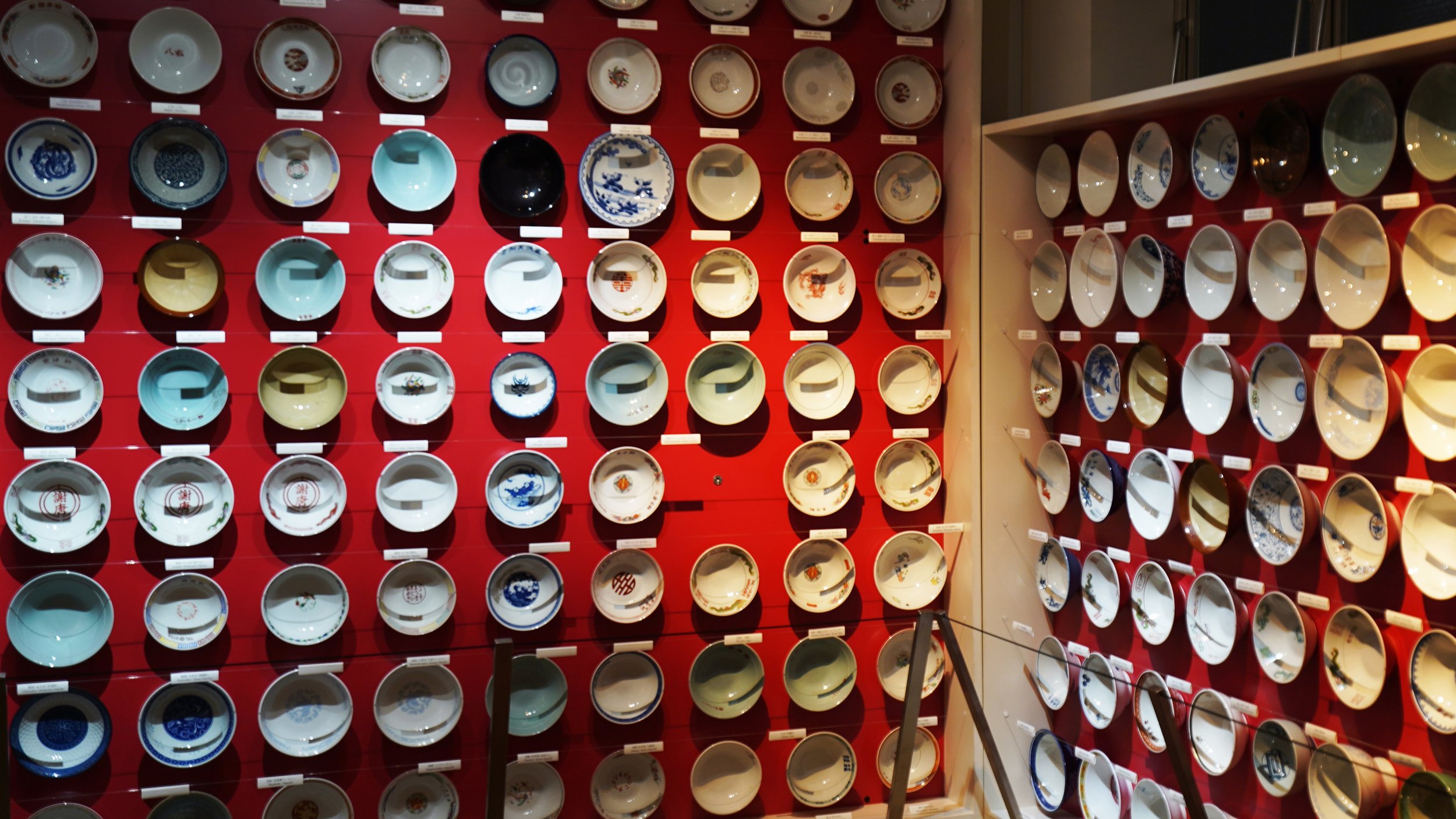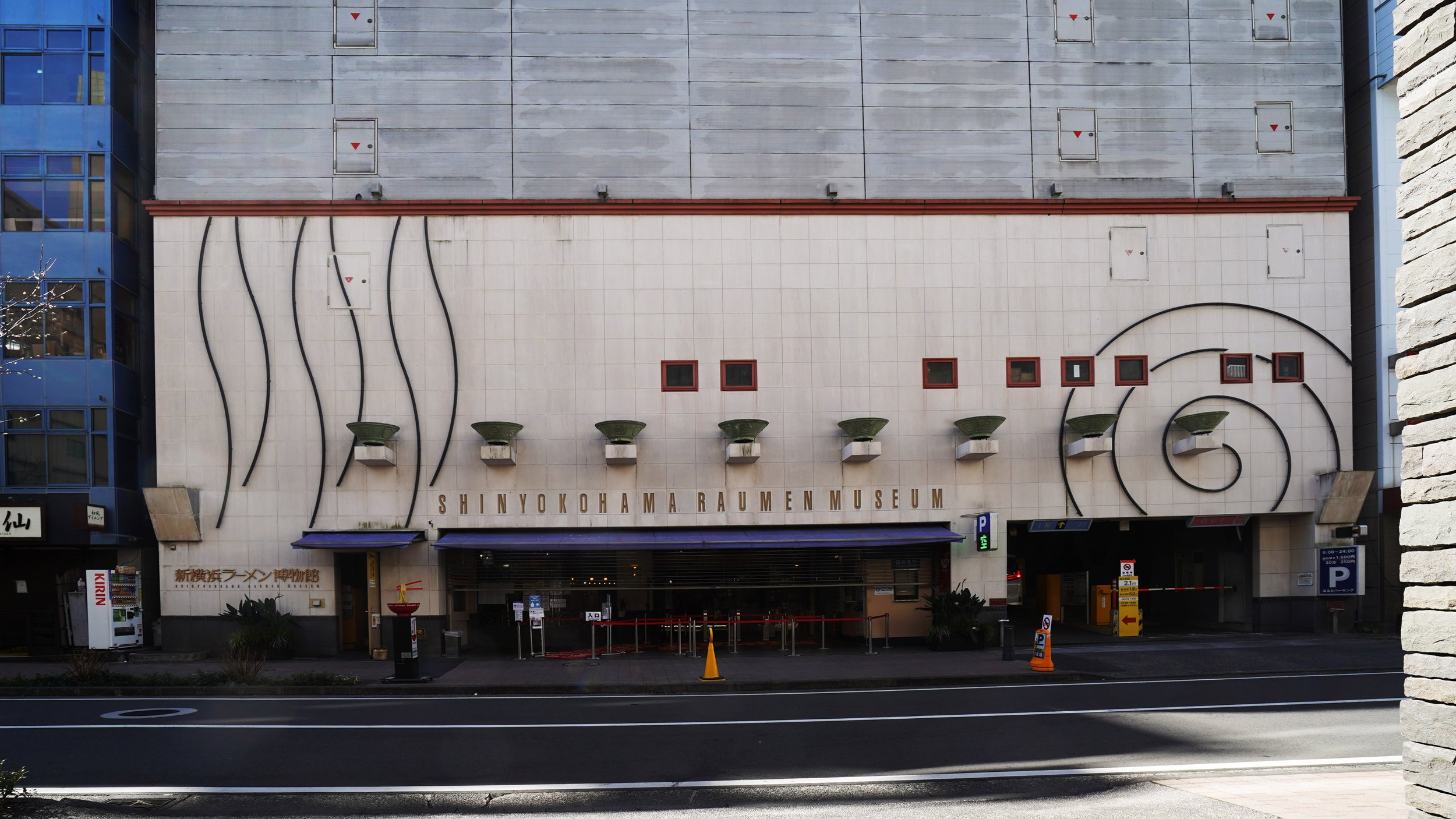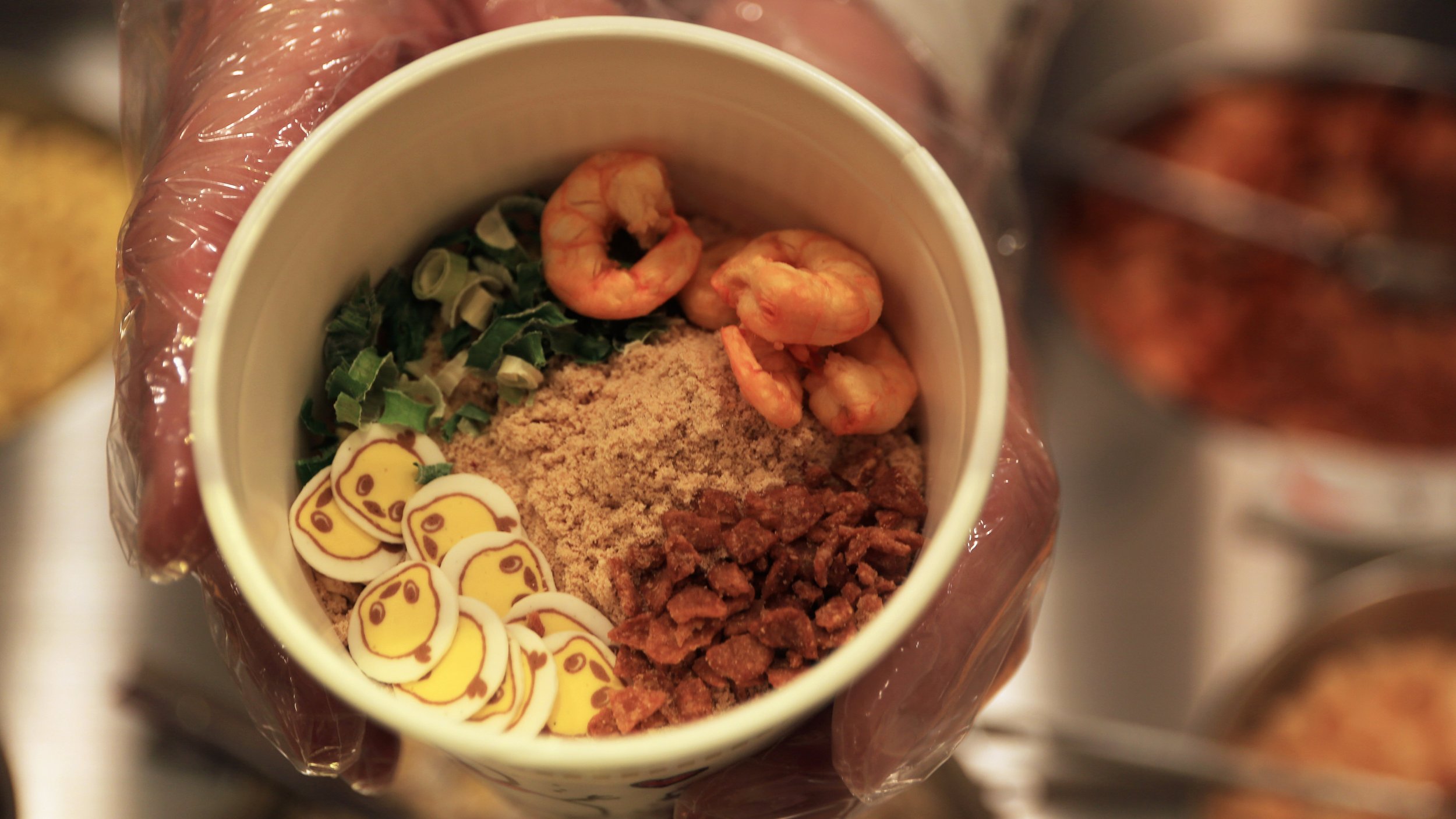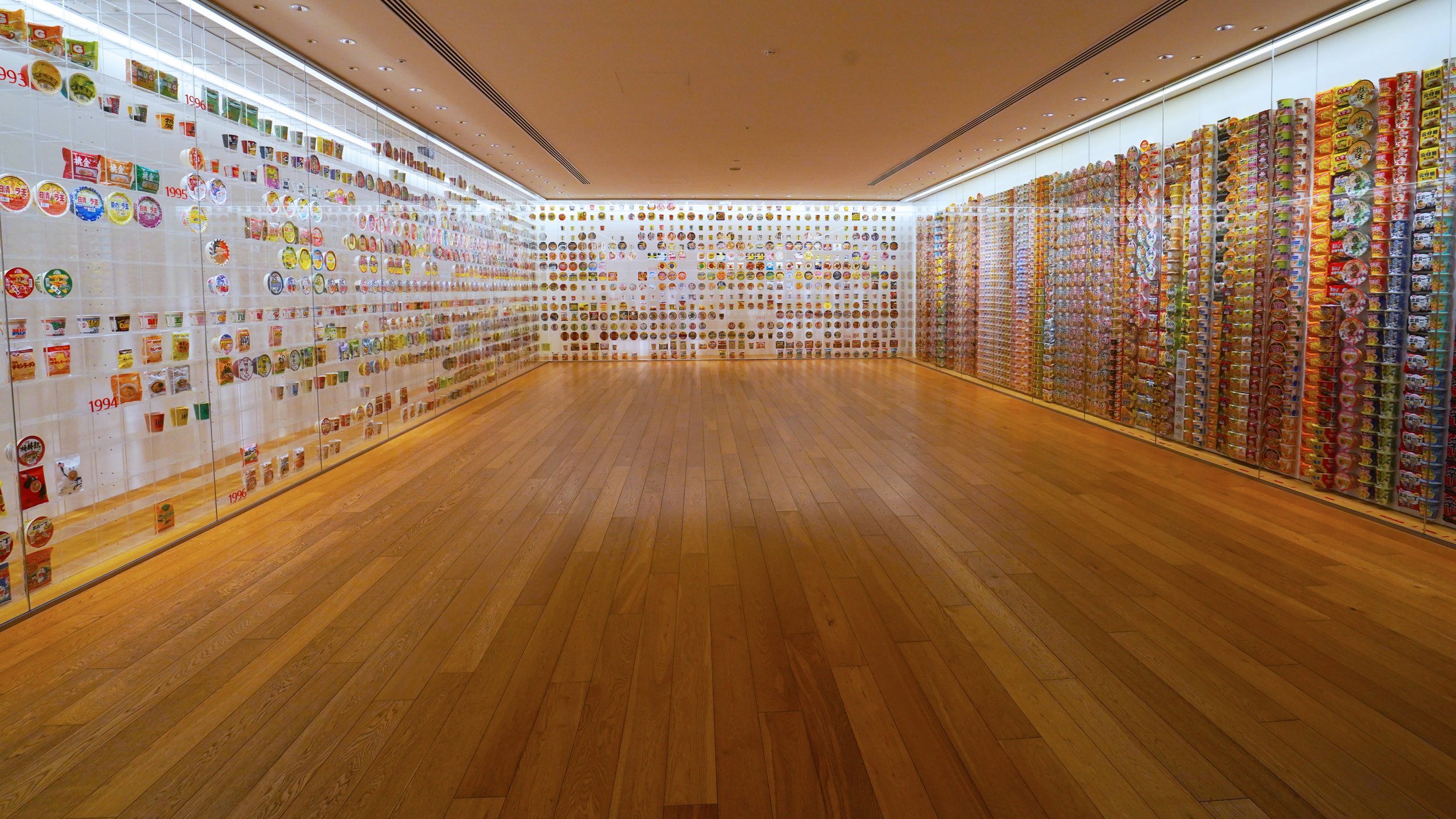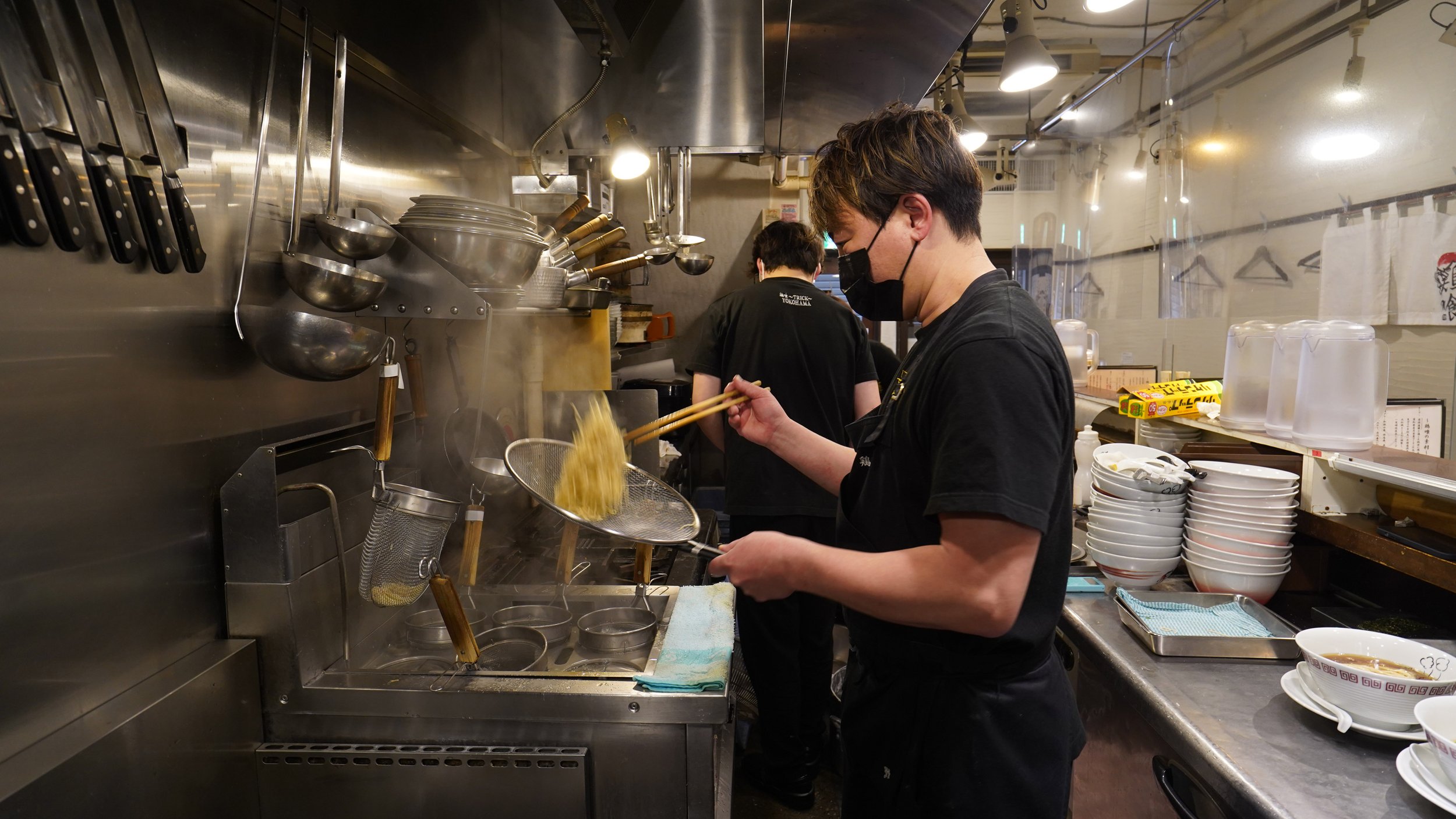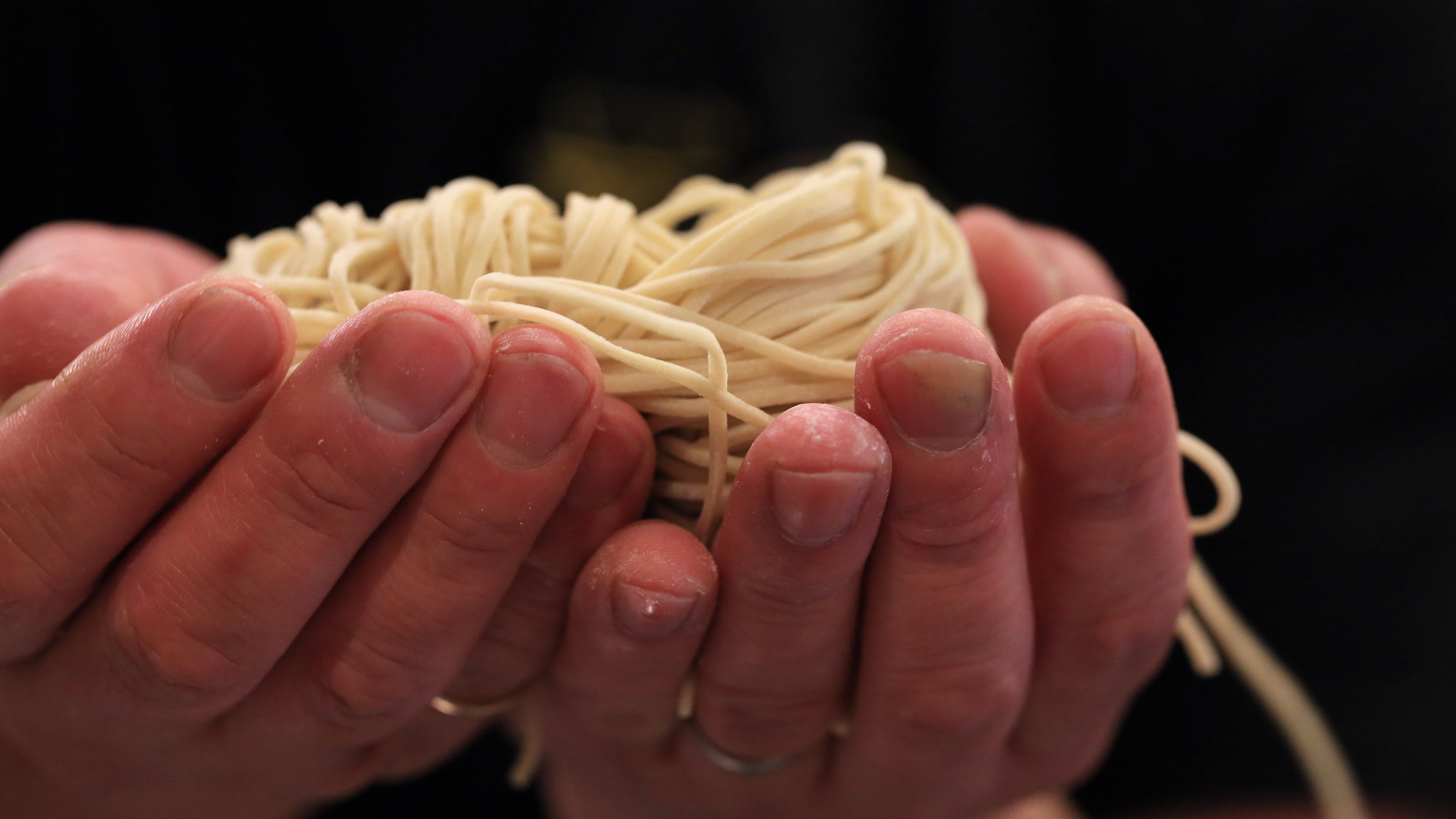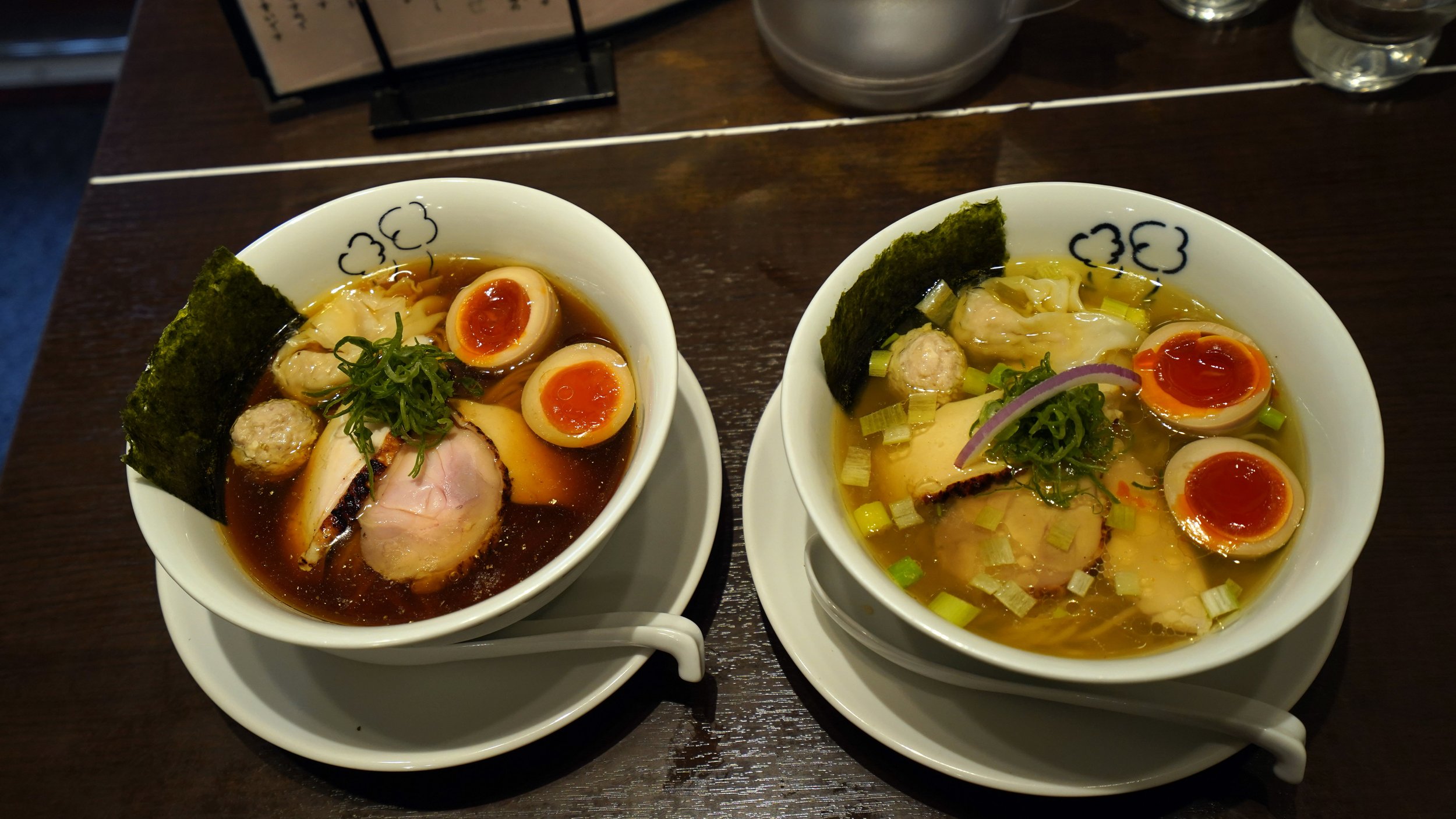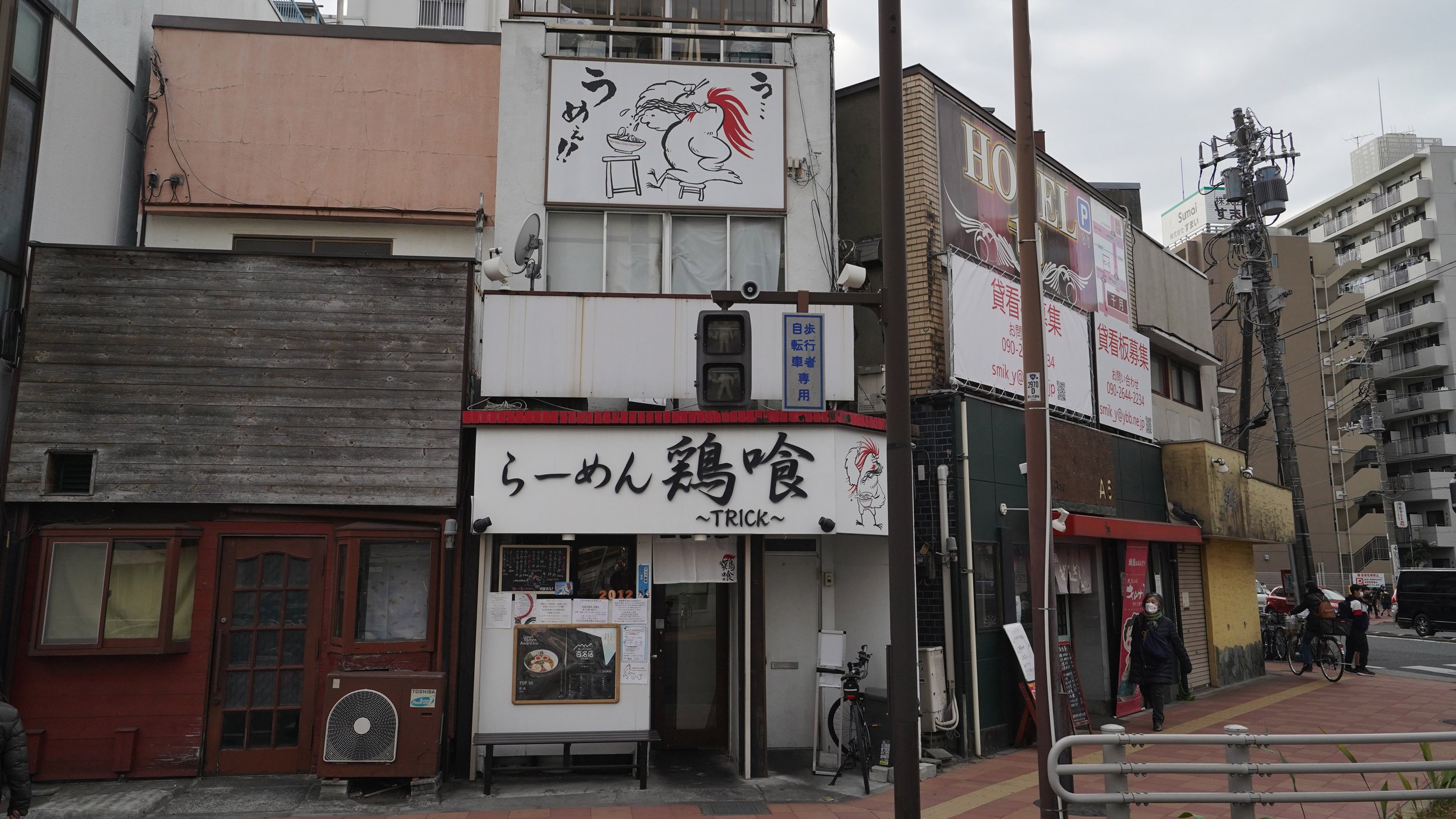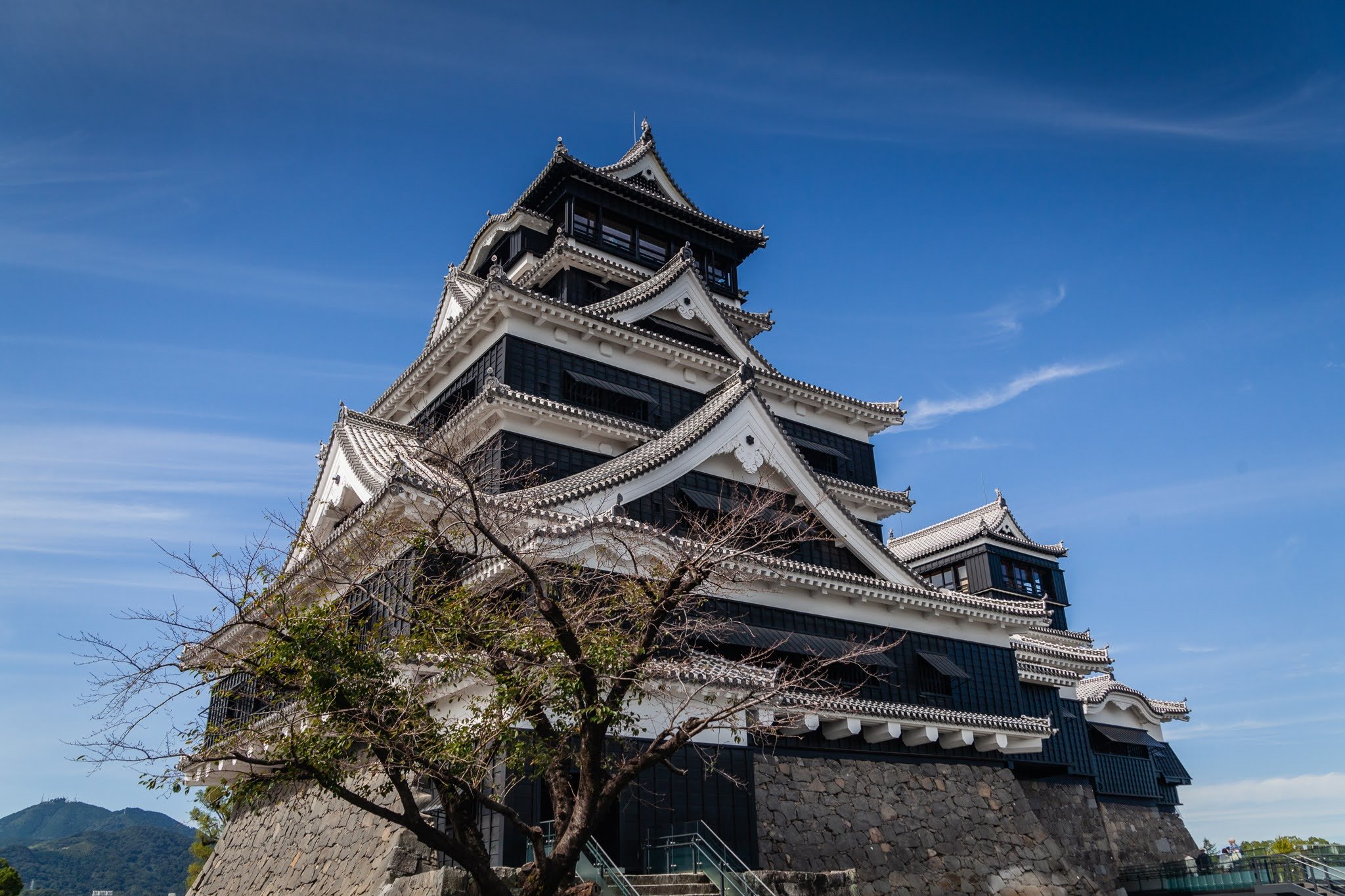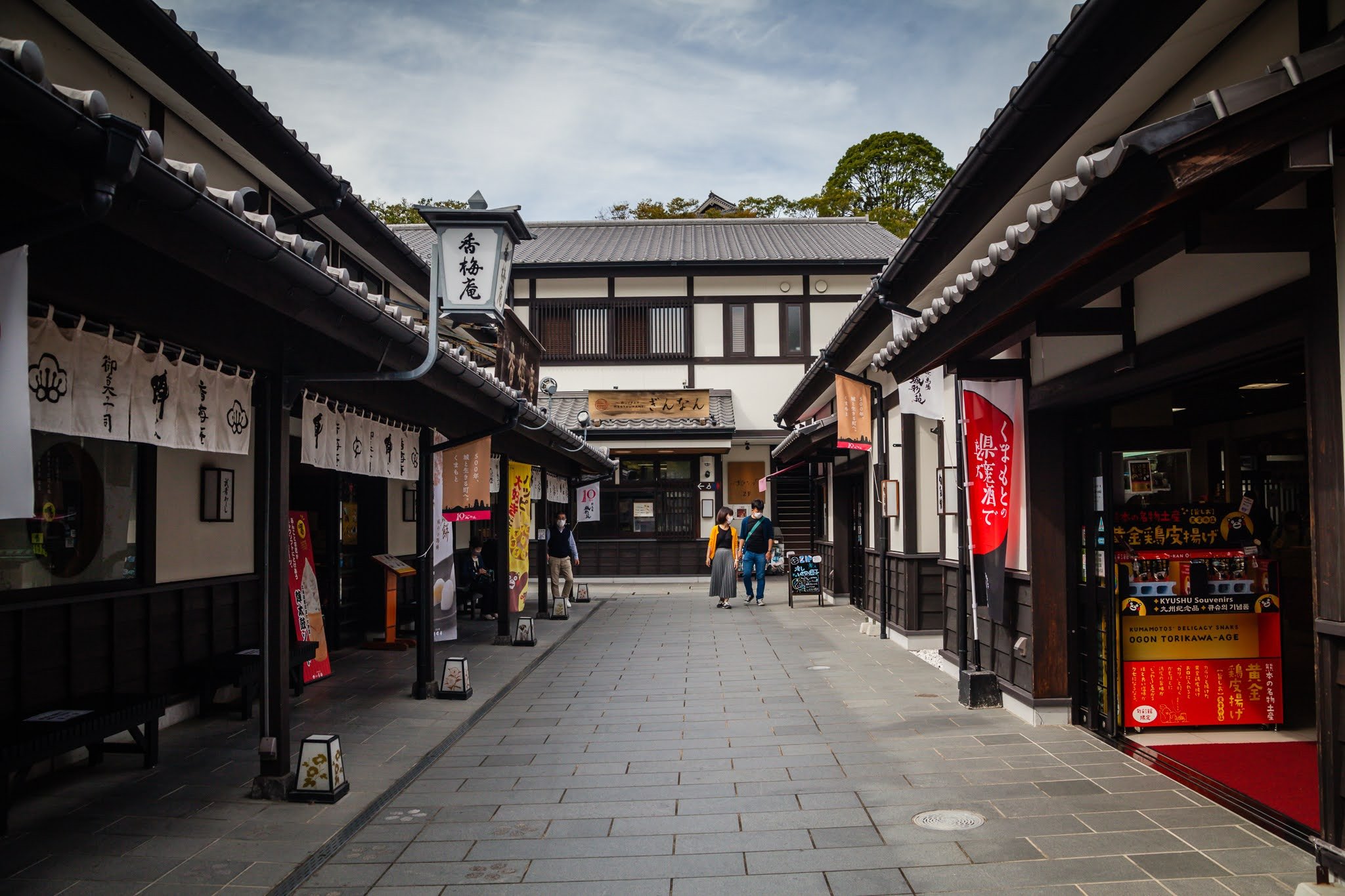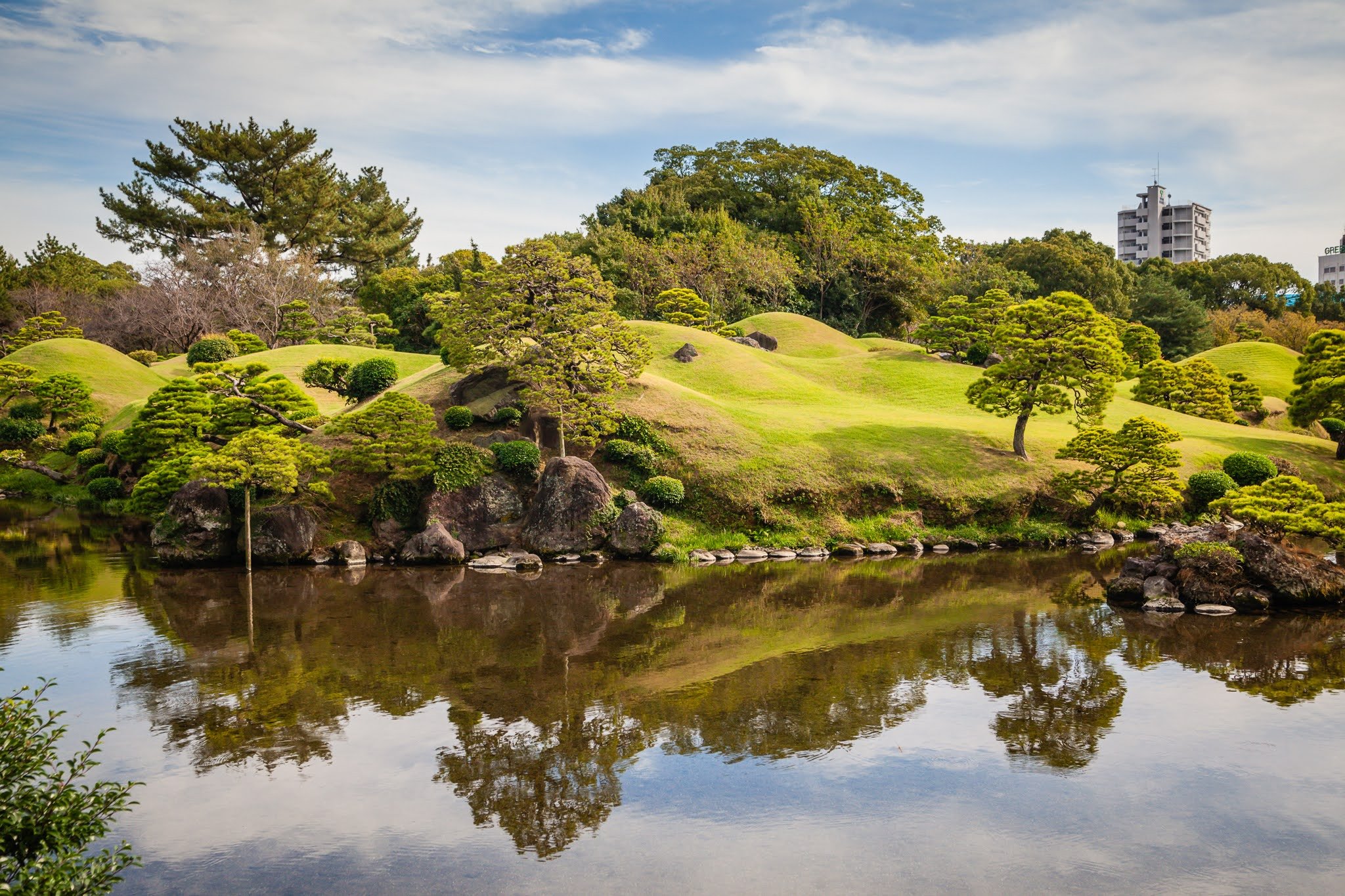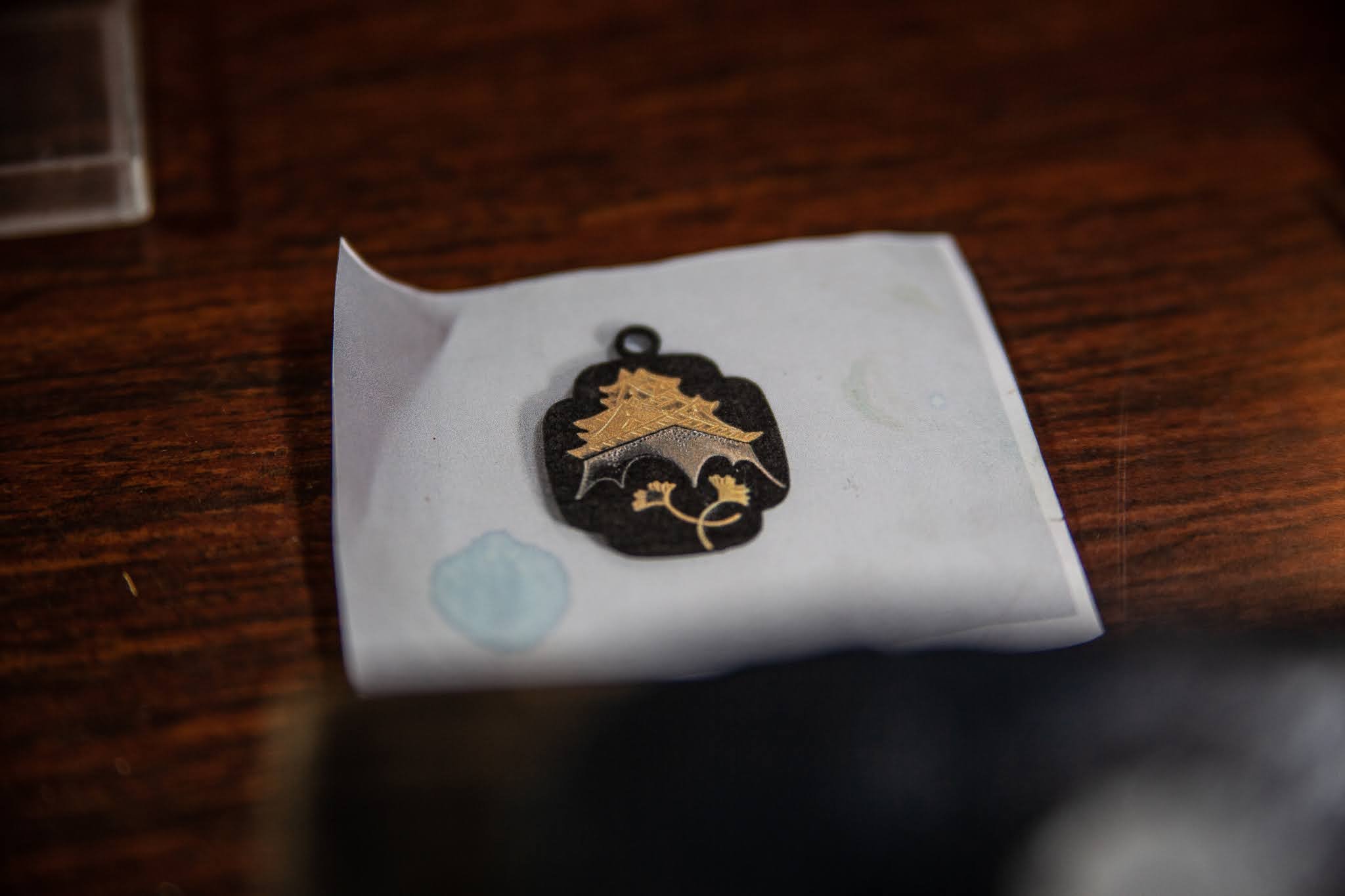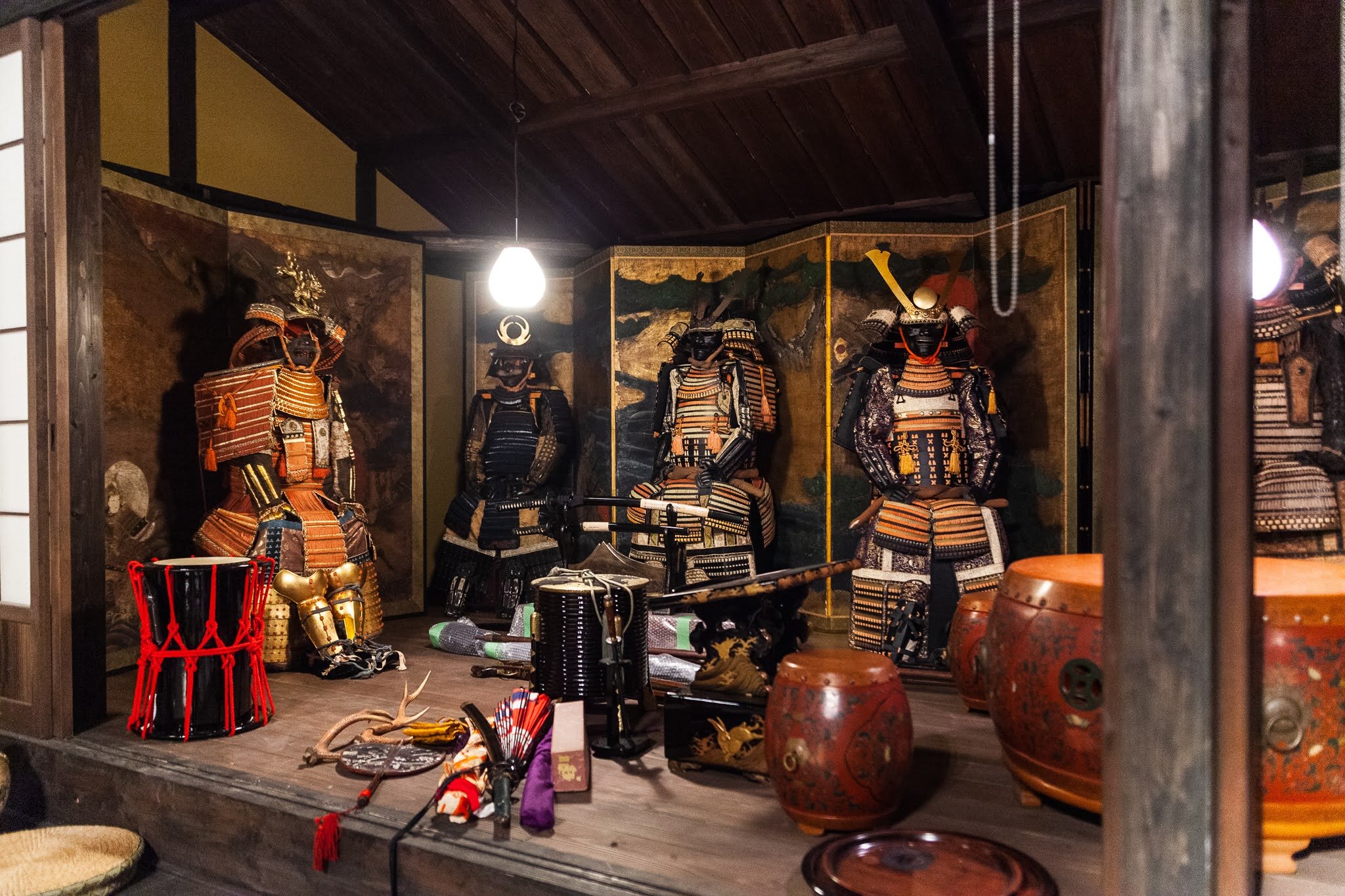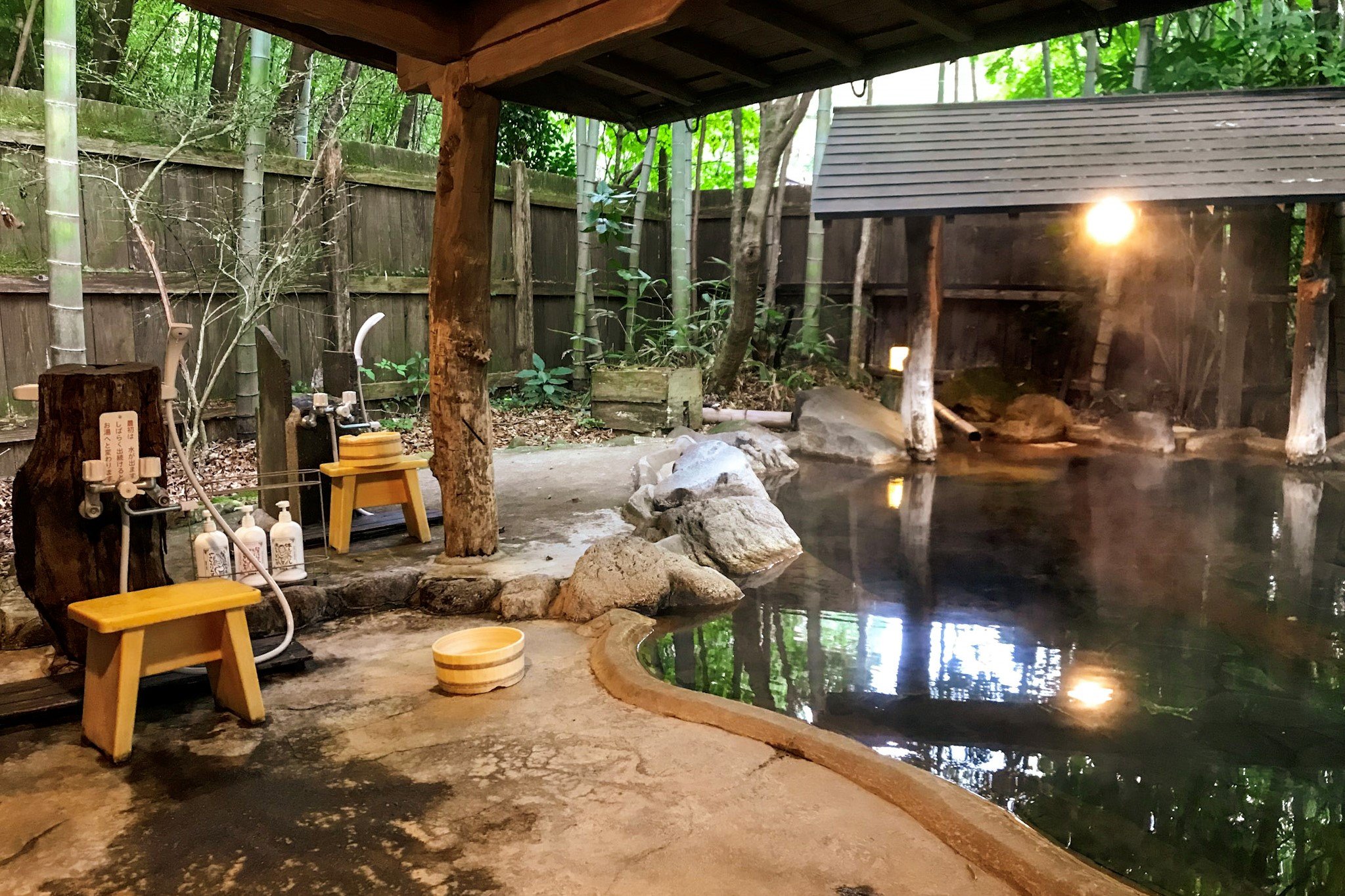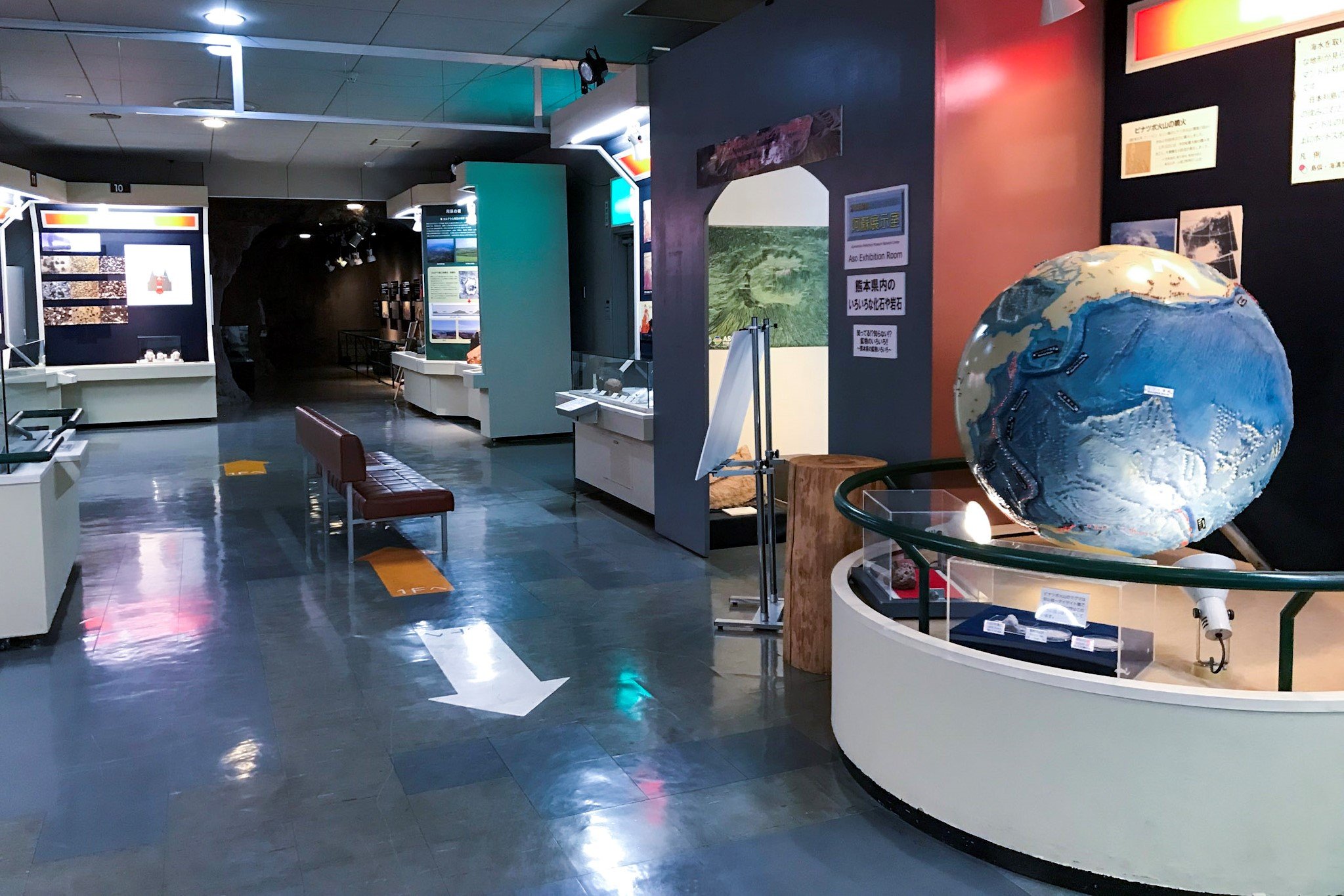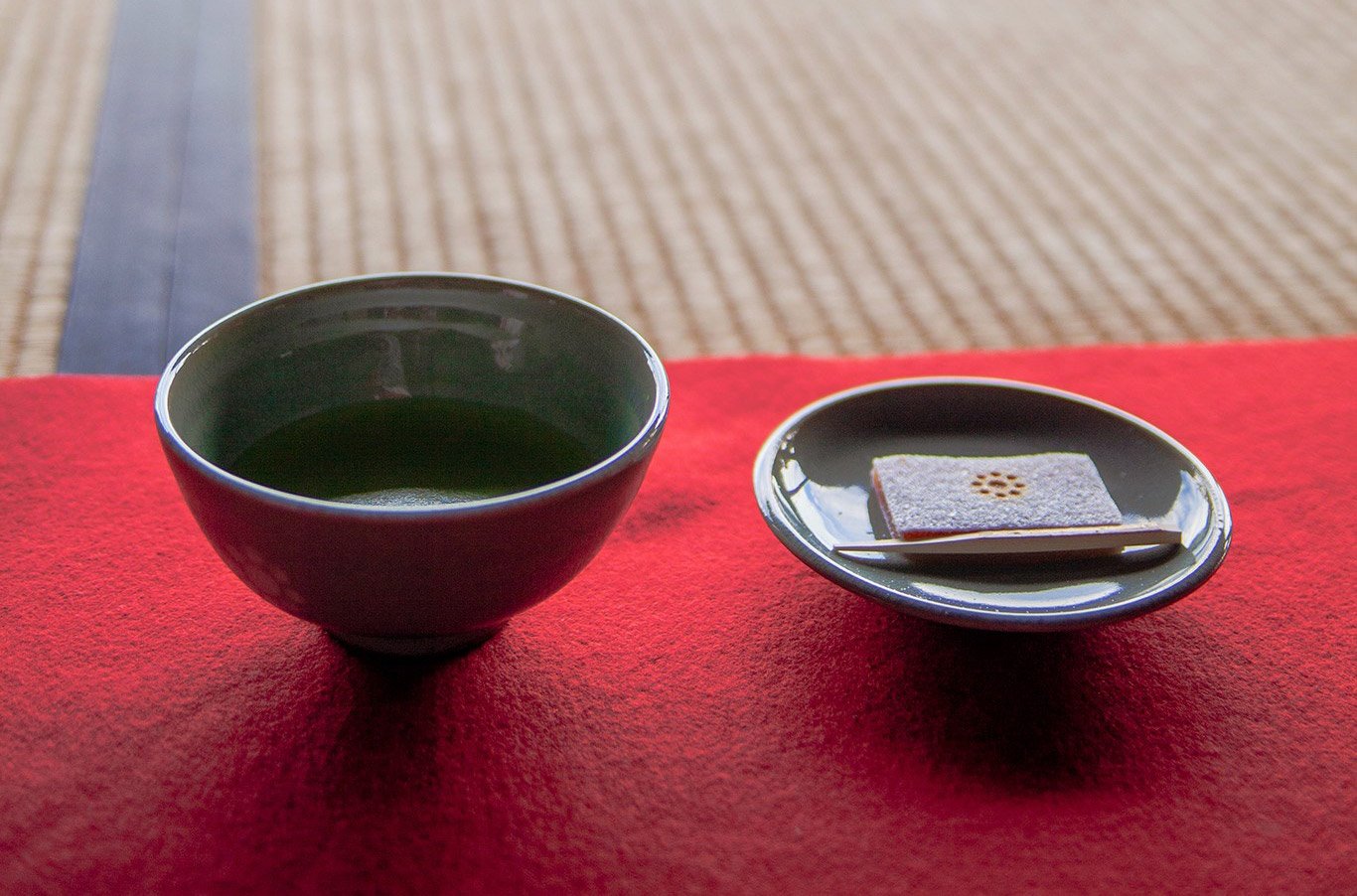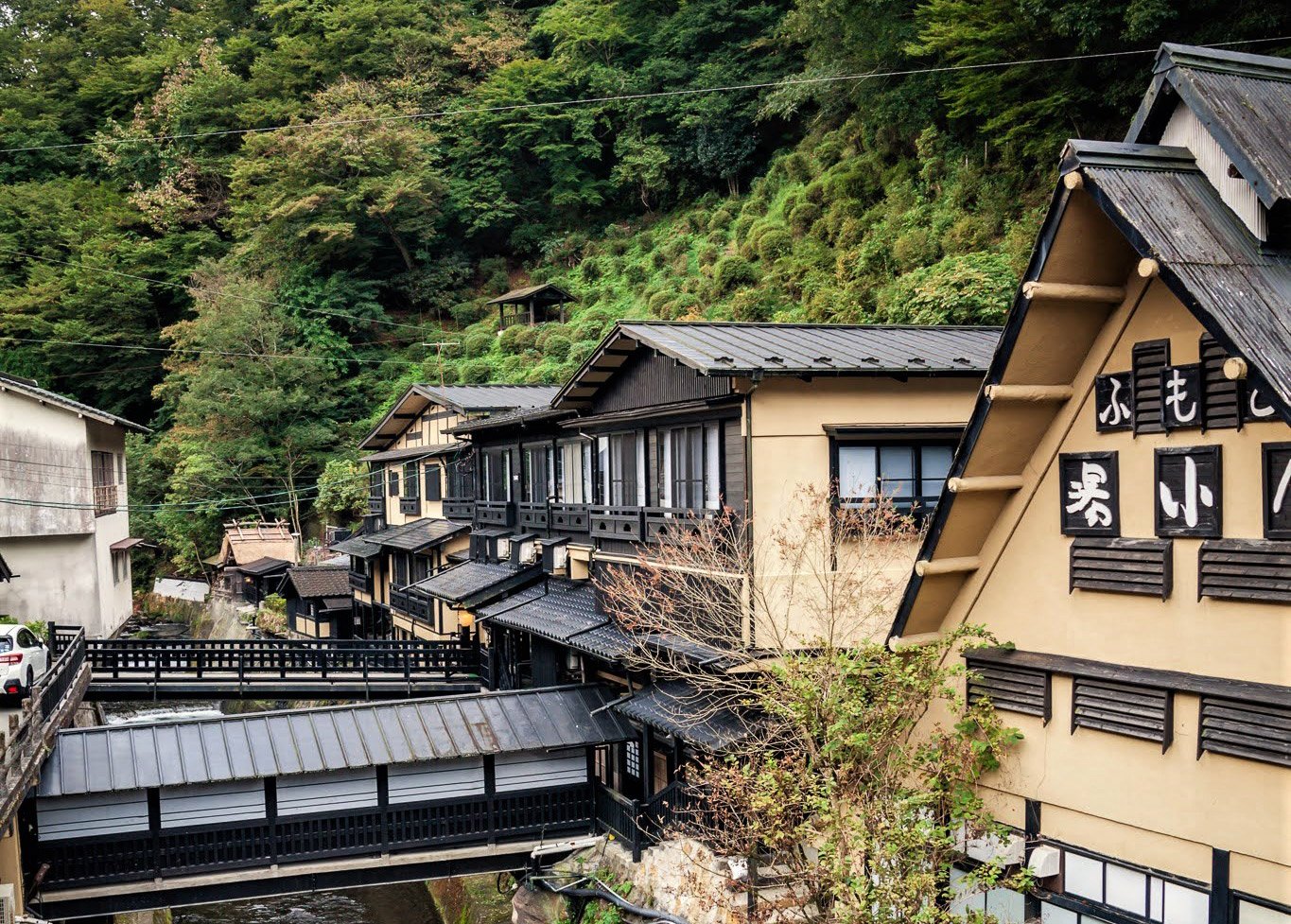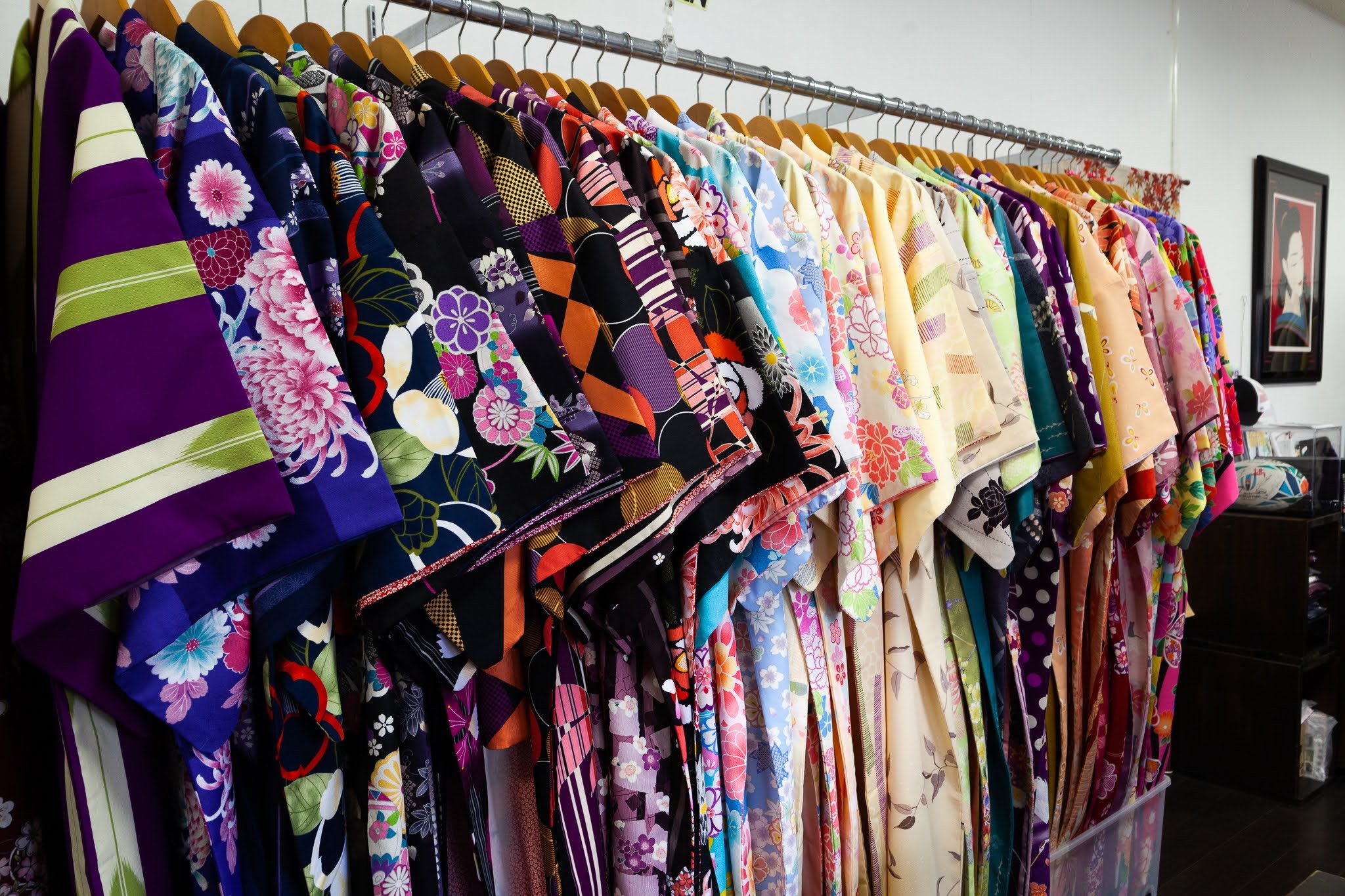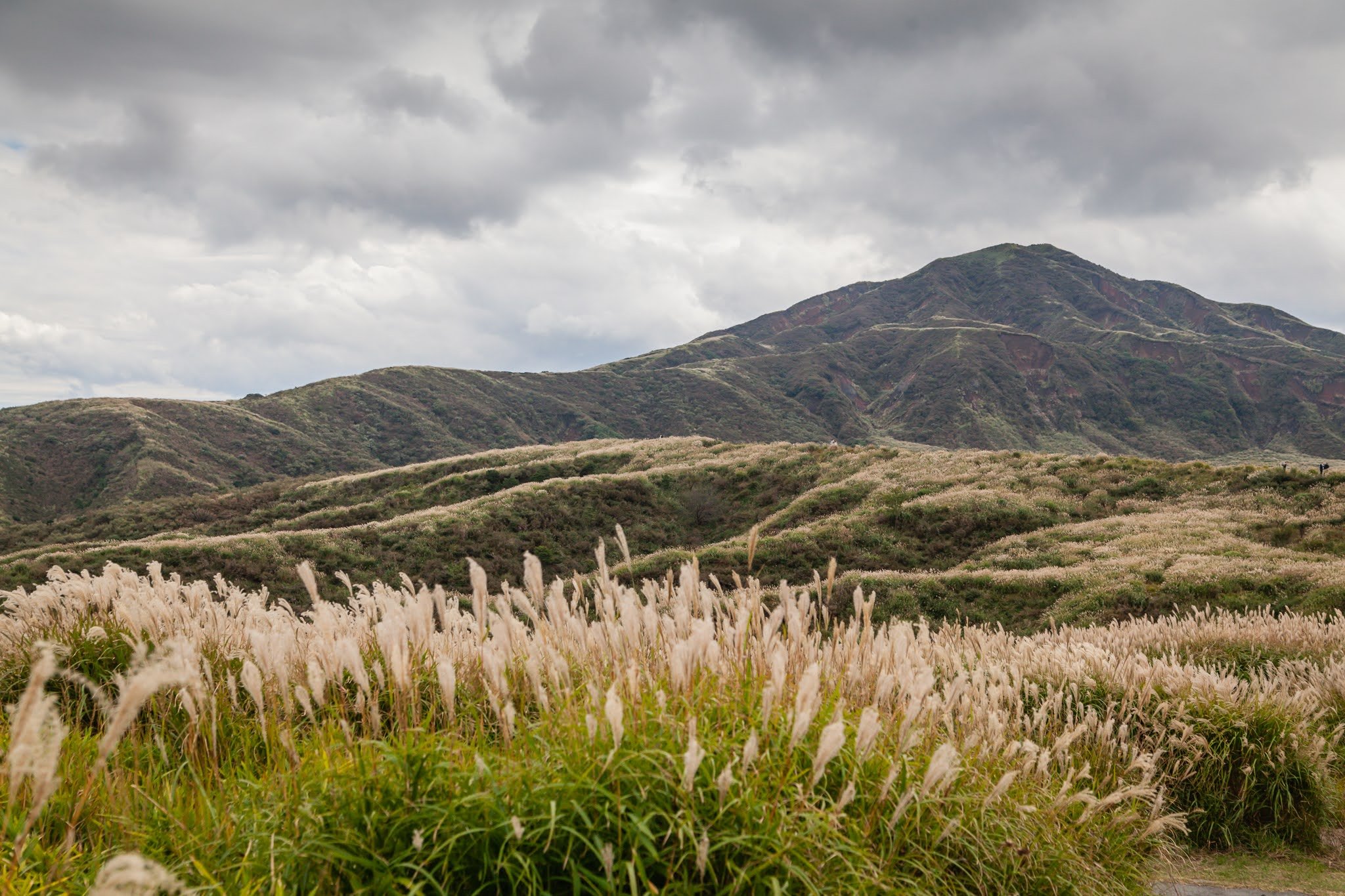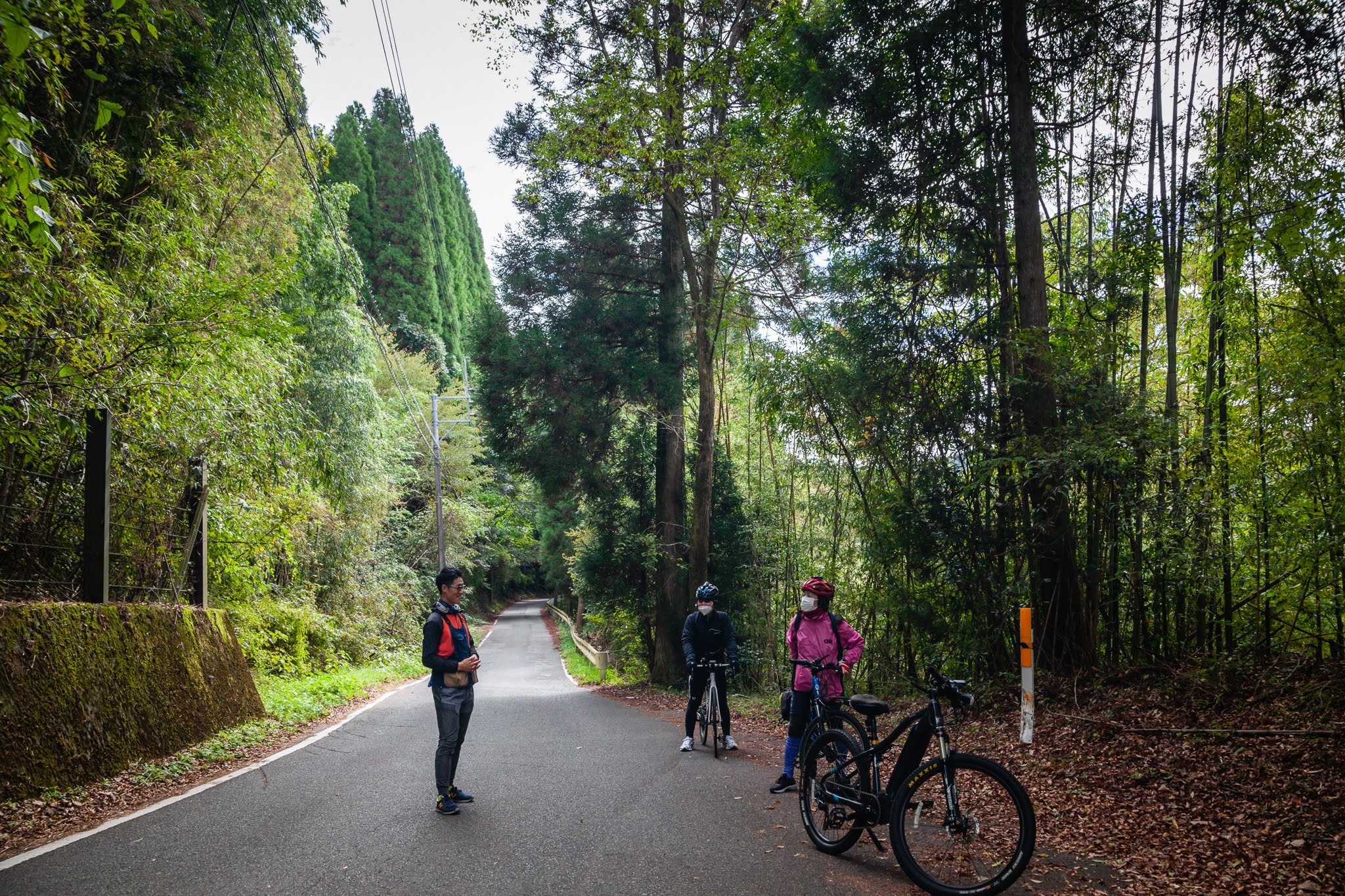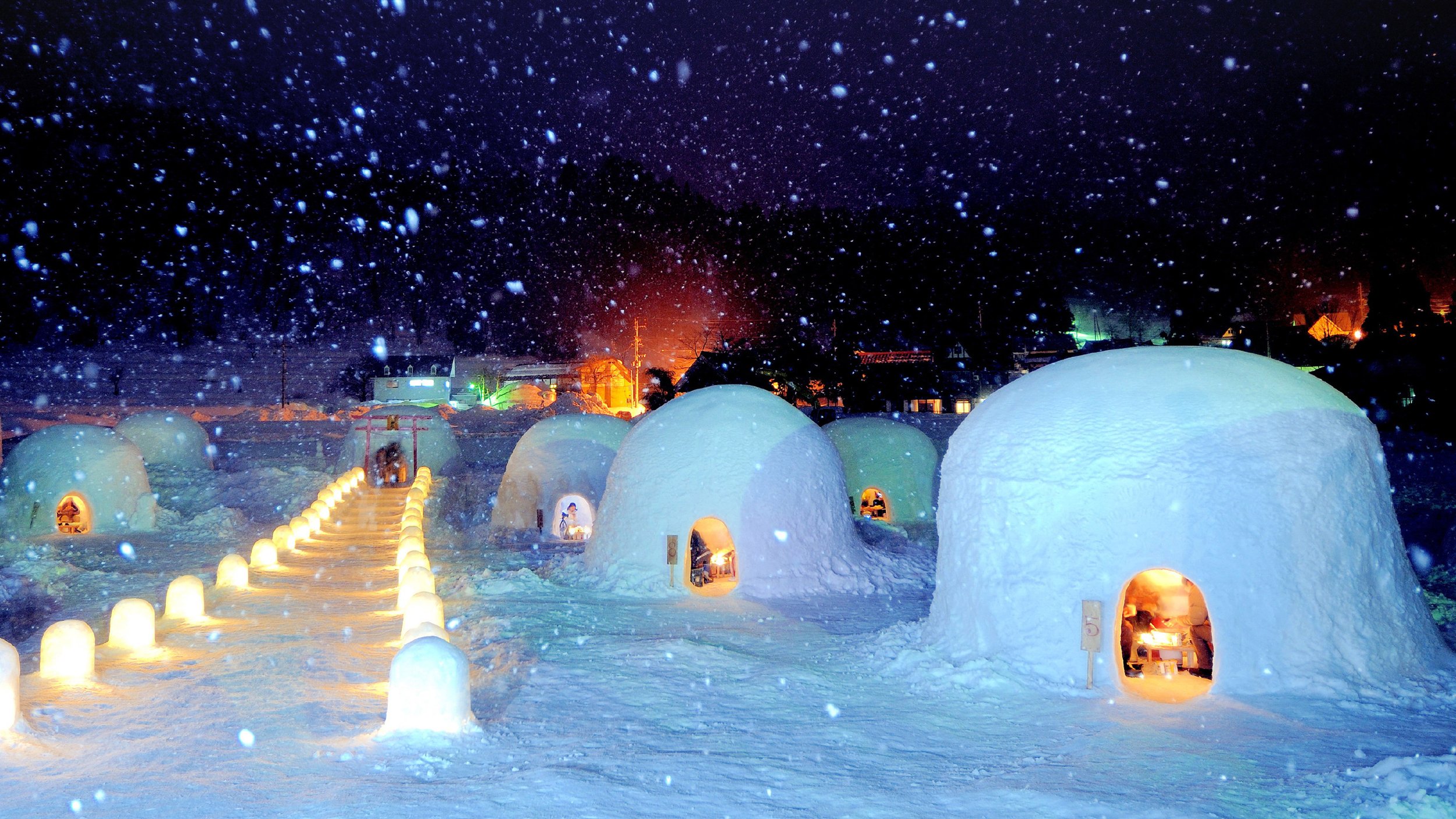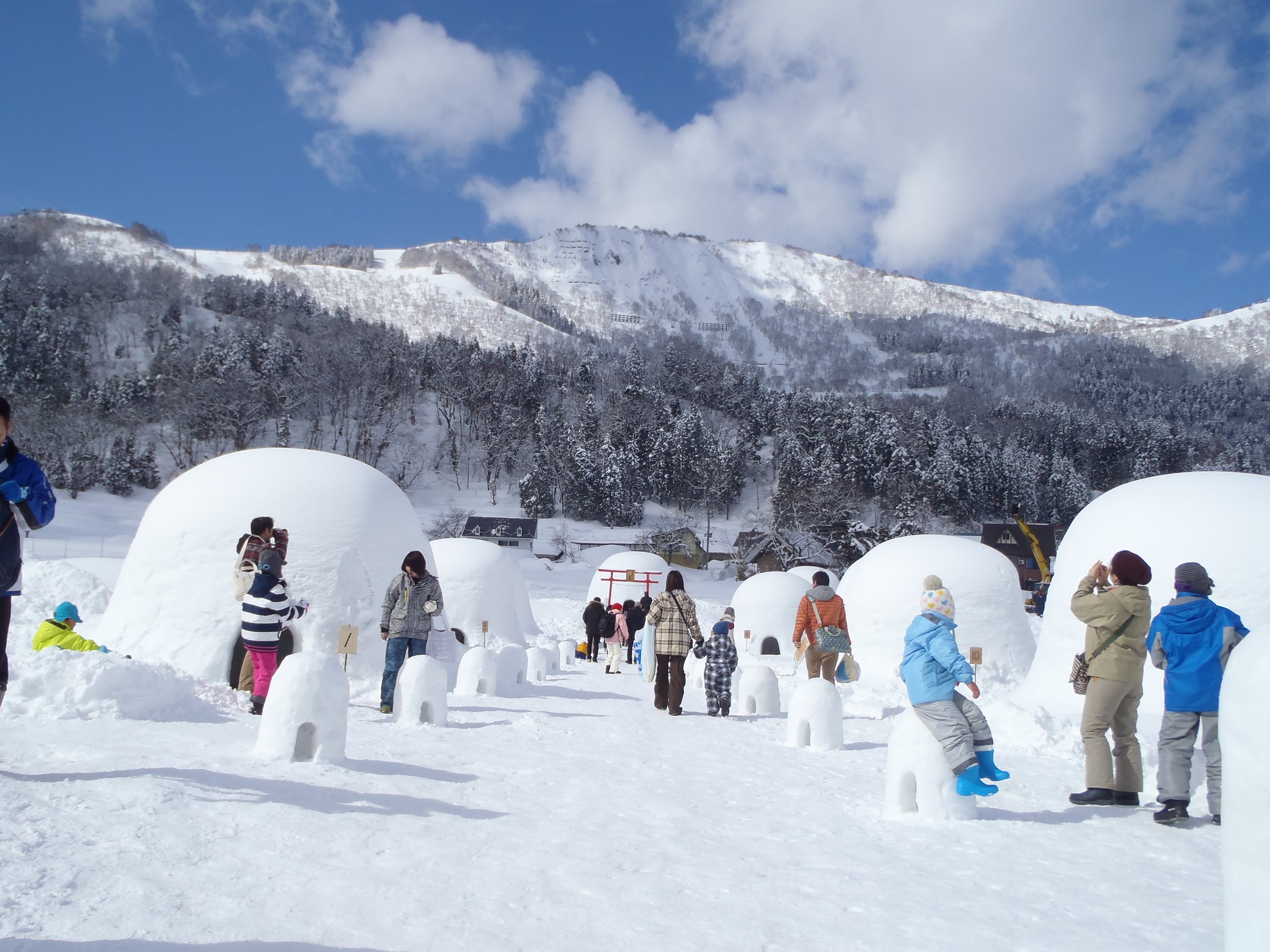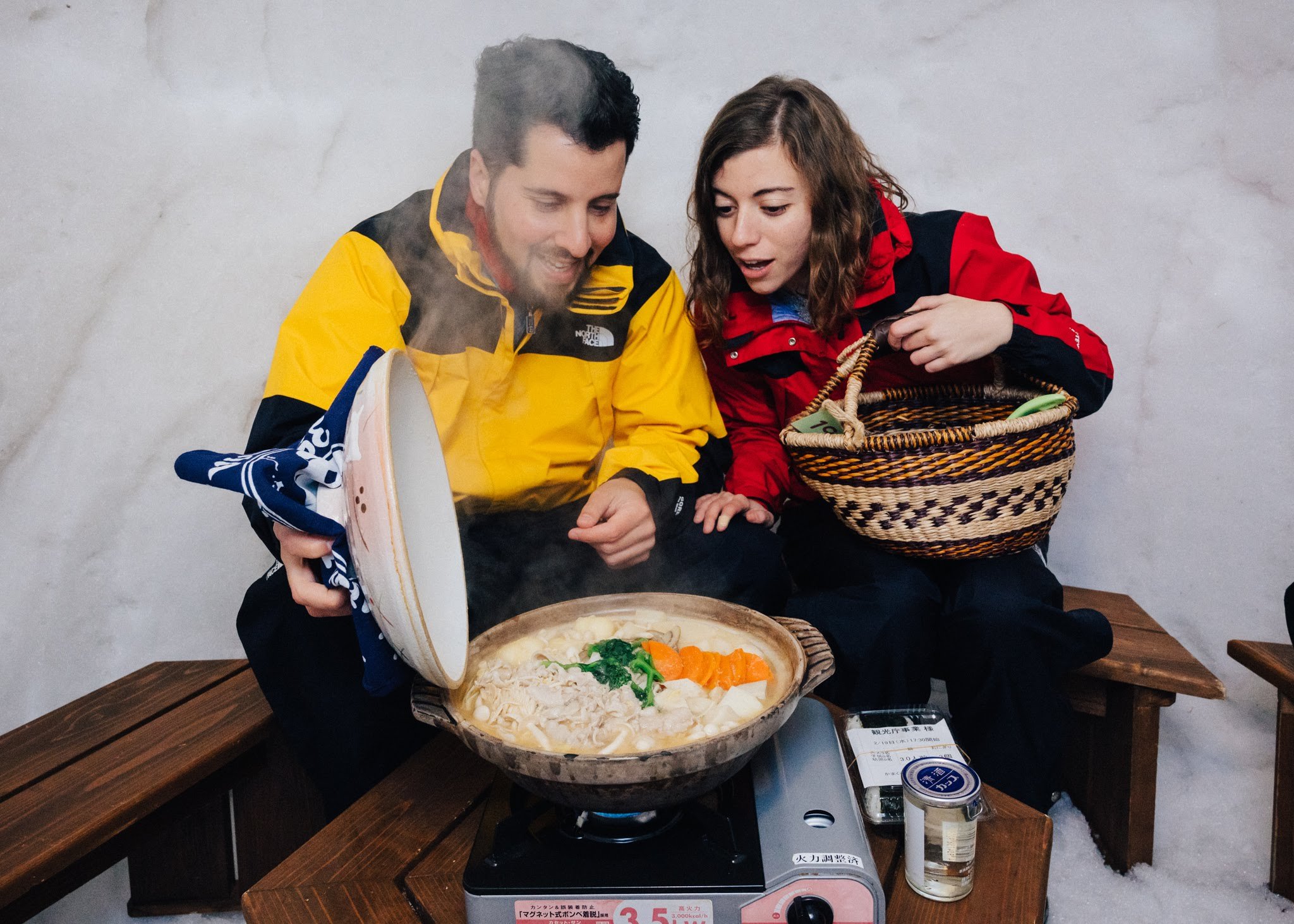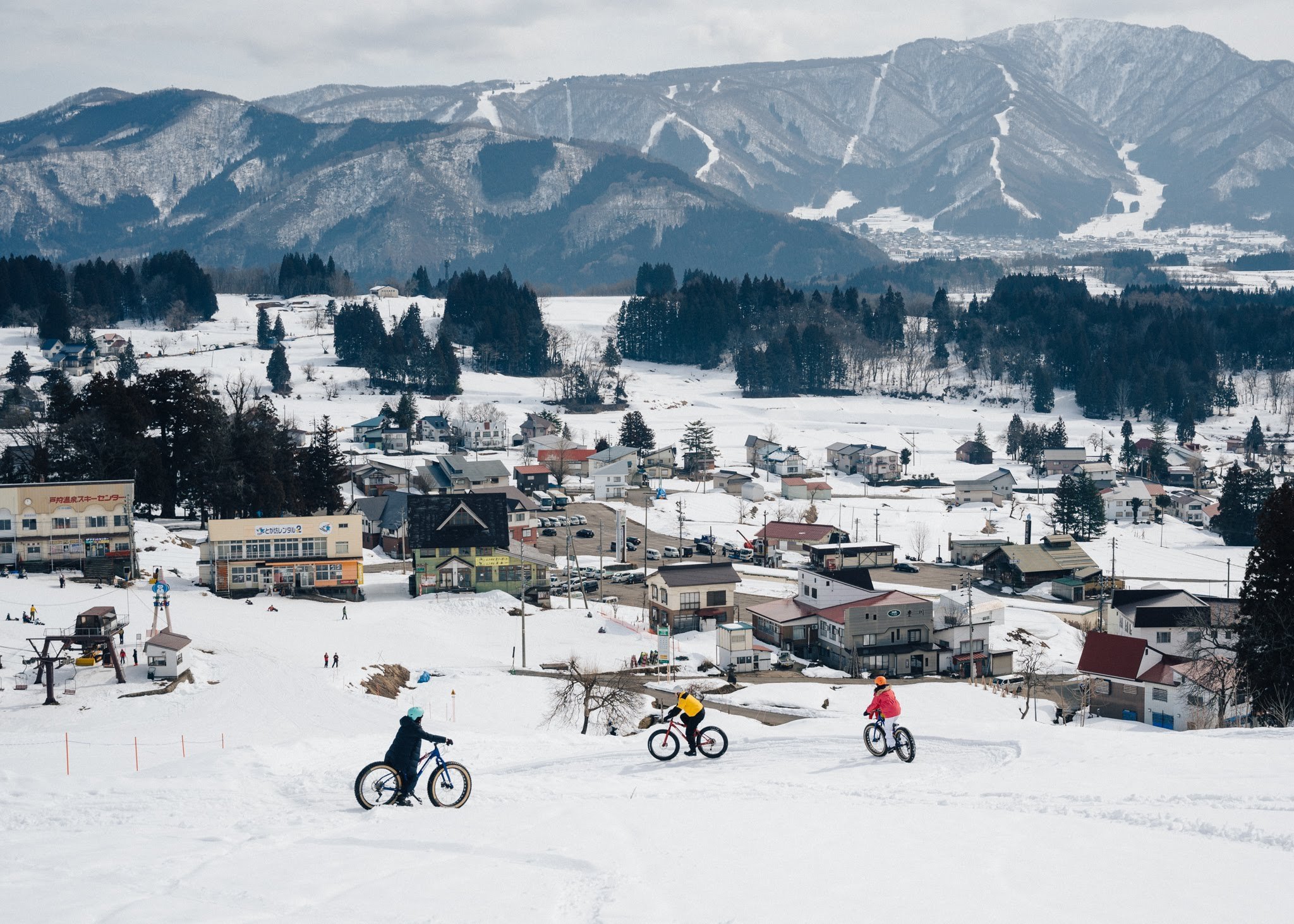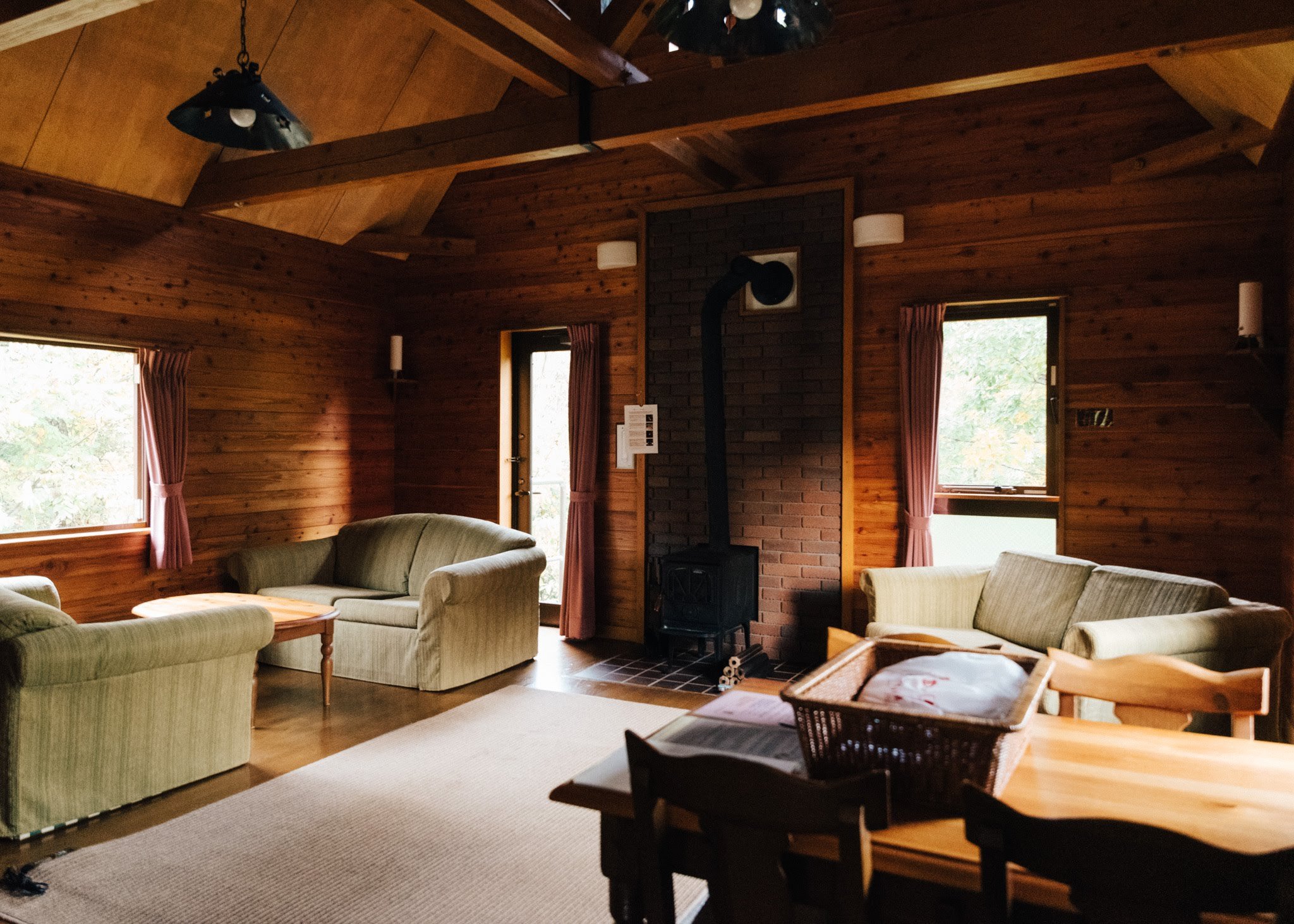Beat by Beat
Musical flourishes in Japan’s central city of Hamamatsu beckon travelers seeking artful experiences. Explore the heart of Japan’s musical instrument industry.
Musical flourishes in Japan’s central city of Hamamatsu beckon travelers seeking artful experiences.
Presented in partnership with the Hamamatsu & Lake Hamana Tourism Bureau
While Tokyo and Osaka top the itineraries of many visitors to Japan, there’s an oft-overlooked city halfway between that is a must-stop—especially for those with an interest in music.
Hamamatsu, in southwestern Shizuoka Prefecture, has played key parts in Japanese history more than once. In the 1570s, as the home base of Tokugawa Ieyasu—founder of Japan’s last shogunate—the small coastal town was an important stop on the road to the Edo Period (1603–1867), an era when the arts flourished.
Soon after the start of the Meiji Period in 1868, Hamamatsu became a center for textiles, silk production, and traditional crafts such as lacquerware. Emerging mechanical industries also found a home near the shores of Lake Hamana. Among those was the manufacture of musical instruments. Today, the city is home to some of the music world’s best-known brands, including Yamaha and Kawai.
In fact, music plays such an important role in modern Hamamatsu that the city was recognized in 2014 as a UNESCO Creative City of Music by the United Nations Educational, Scientific, and Cultural Organization. Performers from around the world descend on the city each year for the Hamamatsu International Piano Competition and the Shizuoka International Opera Competition. Both are hosted at Act City, a complex that houses two renowned concert halls. The central tower was the first thing that caught our eye as we emerged from Hamamatsu Station to begin a two-day tour of the area’s offerings.
Opening Note
We began our visit by indulging in one of Hamamatsu’s most popular culinary offerings: gyoza. The city goes dumpling for dumpling with Tochigi Prefecture’s Utsunomiya as Japan’s capital for the savory treat. Having recently visited both cities and sampled their offerings, I can confirm that this is a must-try for foodies.
Hamamatsu is also famous for eel. Lake Hamana, with its mix of freshwater and seawater, is known as the birthplace of eel farming in Japan.
After lunch, we stopped by Hamamatsu Castle—a recreation of Tokugawa Ieyasu’s historical stronghold—and recharged with a jolt of espresso from one of Japan’s 29 Starbucks concept stores, located on the castle grounds, before hitting the downbeat of our core itinerary.
The Sound of Innovation
Anyone who has played music, whether in their junior high school’s gymnasium or on the stage of Lincoln Center, knows the name Yamaha. But they may not know the intriguing story of the ubiquitous instrument maker’s origins.
It all started in Hamamatsu, in 1887, when Torakusu Yamaha was asked by Jinjo Elementary School in Hamamatsu to repair its imported reed organ. The Wakayama native, known in town for his work on medical equipment, was the only person they thought might be able to do it. While Yamaha didn’t know anything about the West’s music, a fascination with its science and technology had led him to learn about watchmaking and the inner workings of other mechanical devices.
Using his technical knowledge, he fixed the organ, and the experience ignited an interest in musical instruments. He decided to build his own organ. According to legend, he slung his creation over his shoulder and carried it across the mountains of Hakone, along the Old Tokaido Road, to the Music Institute in Tokyo, where it was resoundingly rejected as being poorly tuned.
Undeterred, Yamaha studied music theory and tuning before trying again. Today, the company he founded is one of the world’s leading piano manufacturers, and his experience overcoming that early criticism inspired the familiar tuning fork logo.
We got a firsthand look at the evolution of Yamaha’s craft when we visited Innovation Road, an expansive collection of musical instruments and audio equipment at Yamaha Corporation Headquarters. The location, about an eight-minute taxi ride from Hamamatsu Station, was previously a piano factory before the company constructed the current building to showcase its 138 years of dedication to music.
More than 30 pianos—including digital models—are on display at Innovation Road, including the CFX, Yamaha’s flagship full concert grand piano, and the rare Bösendorfer Woman in Gold Model 200, of which only 25 were ever produced.
The first piano we encountered, however, was not one of these classical masterpieces but rather an unusual prototype called Key Between People. Designed to express how we connect with one another through music, the instrument feels like a combination piano and bar. The compact shape allows a small group to gather around the instrument in an intimate setting.
Key Between People
Museum Director Seiichi Hashimoto, who guided us around the spacious exhibition, asked me to play a bit. As I pressed the keys, constellations burst across the tabletop, projected from above, in a celestial show meant to enhance the shared experience. It was an intriguing merging of melody and tech.
Hashimoto then walked us through the steps involved in crafting a piano—from shaping the soundboard and crafting the felt-covered hammers to polishing the lacquer—and shared stories about the evolution of the company’s instruments and gear.
We also saw a display of brass and woodwind instruments that brought back vibrant memories for me. Yamaha is one of the world’s rare manufacturers that produces a full range of orchestral instruments, from violins and cellos to oboes and flutes to trumpets and horns. Most companies specialize in specific families, such as Buffet Crampon’s dedication to woodwinds or Edwards’s exclusive focus on trumpets and trombones, the instrument I took up at age 10 and played for years in our city’s symphony orchestra. If you’re interested in how metal and wooden instruments are made, there are hands-on stations like that dedicated to pianos that demonstrate the process.
As we reached the far end of the main floor, Hashimoto explained the importance of audio reproduction to Yamaha’s mission. We stepped into a small theater packed with a 108.6-channel speaker system designed to demonstrate the company’s 3D audio technology. In the dark, immersive space, we watched a performance of the Yamaha Symphonic Band—a wind orchestra made up of talented company employees—on the massive 220-degree screen. The music washed over us with the same fidelity as if we were standing in the concert hall.
Next, we took a stroll down memory lane as we examined Yamaha’s creations decade by decade, starting with one of the first reed organs, built in the late 1880s, and ending with the Venova “casual wind instrument,” a saxophone-like sound innovation released in 2017 to make music more accessible to everyone. Along the way, we came across a DX7, the classic 1980s synthesizer that gave my friends and me countless hours of fun growing up as we played Van Halen’s “Jump” by ear along with the radio.
Around the corner were five “people” who yanked me from those high school years of monochrome LCDs and 16-note polyphony to the present day of supercomputers and artificial intelligence (AI).
Yamaha’s Vocaloid:AI allows Innovation Road visitors to play music together with an AI singer or saxophonist. You can instruct the AI artist using a “musical expression sensor” and it will seamlessly adapt the phrasing, use of vibrato, and more. Yamaha calls this “a bold step forward to a future where humans and AI create music together.”
The five people I mentioned are actually incarnations of a new type of speaker that Yamaha has developed. Extremely thin, the speakers excel at delivering isolated sound. In this exhibit, titled Flatone, five speakers displaying virtual vocalists combine to create an immersive audio experience. Each plays a role in an a cappella performance that blends perfectly when heard from a distance. If you walk up to each, however, you’ll hear only a single part. It’s a fascinating experience. Hashimoto led me back out to the main floor to show how the speaker technology is employed above individual exhibits to provide audio guidance.
We closed out this fascinating tour of music history at the Virtual Stage, a demonstration of Yamaha’s live performance reproduction system, called Real Sound Viewing. Against a video backdrop showing artists, real instruments are controlled by actuators that reproduce digitized sounds, sending vibrations that control drums, a double bass, and Disklavier, a self-playing piano.
Whether you perform music or just enjoy listening to it, Innovation Road is an unforgettable and enlightening experience not to be missed.
Crafted in Harmony
Hamamatsu is also home to Kawai Musical Instruments Manufacturing Co., Ltd. Founded in 1927 by Koichi Kawai, the company focuses on pianos and has earned a reputation for quality around the world.
The son of a wagon maker, Kawai was drawn into the world of music at a young age by a man who was impressed by the pedal-driven cart the boy had built himself. That man was Torakusu Yamaha. He took Kawai under his wing and mentored him, and Kawai went on to become an engineer and a key part of Yamaha’s early success. Following Yamaha’s death in 1916, Kawai continued to refine his craft and founded his own company in 1927. Over the next few decades, his fledgling venture grew to be a key player in the industry, with annual production increasing to around 1,500 pianos per year by the early 1950s. And in 1953, Kawai became the first person in the musical instrument industry to receive the prestigious Medal with Blue Ribbon from the emperor.
To learn more about this history and get a firsthand look at how the pianos are made, we visited Kawai’s Ryuyo factory, about 15 minutes east of Hamamatsu by car. At the time of its completion in 1980, it was the largest factory in the world producing exclusively grand pianos. While it is no longer the largest in terms of size, the factory now combines the master craftsmanship of skilled artisans with the latest advancements in scientific technology to manufacture both grand and upright pianos.
The massive complex—with a total area of 168,218 square meters (1,810,700 square feet)—is known as “the workshop in the woods” thanks to the 30,000 new trees that were planted around it.
Our tour began in the Kawai Little Museum, a small space packed with big history. An array of instruments lines the walls, from a 14th-century clavichord to the futuristic Crystal Grand, a transparent piano that refracts and reflects light to surround the player in a rainbow of colors. As we moved through the centuries, we learned about the design progression of keyboard instruments and how engineers transformed the soft, thin plucks of a Medieval clavichord into the robust sound of a modern grand piano.
Building a grand piano requires a team of people and takes more than a month (and that’s not counting the time it takes the sheep to grow the wool used in the hammers). We saw each of the 11 steps in action as we walked the factory floor. Wood processing, painting and polishing, iron plate installation, stringing, tuning, and inspection are all performed by hand in this facility. In a world where so much work is done by machines, the absence of robotics was striking. Kawai grand pianos are truly handmade, and it was fascinating to watch the team craft pianos one at a time—carrying on the spirit upon which Kawai was founded.
One of the most interesting parts of the tour was the chance to touch the materials that become such a majestic instrument. It’s one thing to admire the beauty of a grand piano on a stage, but another to feel a tangible connection to its roots.
The importance of wood quality to a piano cannot be overstated. Kawai uses specially selected varieties of spruce for the soundboard, the wooden panel below the strings that amplifies the sound and determines the piano’s tone quality. After being harvested, the spruce is cut and then dried and seasoned naturally for many years. It’s a process of patience—like sitting through a Mahler symphony—but the results are worth the wait. We tested the resonance of a Kawai soundboard using a small, quiet music box. Touching it against the refined spruce filled the room with beautiful sound.
A visit to the Ryuyo factory is an enlightening experience, whether you’re a pianist or not. Although I’ve had a grand piano sitting in my living room for more than 20 years, I had never considered how complex its creation was until I stepped into this impressive workshop. When you visit Hamamatsu, don’t miss this chance to explore the process yourself.
Rhythmic Retreat
Between these visits to Hamamatsu’s musical giants, we stayed overnight at Katsuragi Hotel Kitanomaru, a resort in nearby Fukuroi City owned and operated by the Yamaha Group.
Described as “an extraordinary modern-day Japanese castle” in the English brochure, the expansive hotel’s base began its life long ago as seven folk houses in Ishikawa and Toyama Prefectures. When they faced demolition more than 40 years ago, Yamaha bought the structures, moved them here, and renovated them using wood from the company’s exclusive timber collection to create Kitanomaru.
Like most traditional Japanese buildings, the original structures were constructed without metal fasteners. While metal was used to join them on this site, many of the original wooden supports remain, and some beams running along the lobby ceiling are around 200 years old. From beneath these ancient logs, we looked out through the floor-to-ceiling window onto the gardens and golf course that are the heart of the resort.
Depending on the time of year, you can enjoy more than a dozen flower varieties, including cherry blossoms, plum blossoms, hydrangeas, Japanese maples, and wisteria, as well as a garden woven with 10,000 azaleas in shades of deep purple, pale lavender, and white.
You can also grab your clubs and take on two 18-hole courses designed by renowned golf architect Seiichi Inoue: Ukari and Yamana. The latter hosts the annual Yamaha Ladies Open Katsuragi tournament, part of the Ladies PGA of Japan Tour.
But we were here not to hit balls but to hit high notes, and we concluded our tour in the Audio Appreciation Lounge, a secluded space at the far end of the complex equipped with Yamaha’s latest high-end audio technology. We sank into the sofa, turned up the volume, and reveled in the lifelike sound enhanced by the room’s wooden structure.
Back in the lounge, we settled in with a glass of wine for one of the evening’s highlights: a mini concert by Haruna Ito. A graduate of the Aichi University of the Arts, the Hamamatsu native performed a range of pieces—from classical works to Studio Ghibli favorites—on a one-of-a-kind Yamaha grand piano. This piano is a commemorative model, the C6XA-GE, from Yamaha’s Ginza store, which opened in February 2010. The concept—Fusion of Beauty—was inspired by Ginza’s identity as a district where history and culture blend. The piano features inlays and decorations of golden clematis flower patterns, symbolizing the coexistence of Japanese and Western cultures as well as the harmony between trends and brands found in Ginza. It embodies the image of a place that combines a commitment to history with the ability to embrace new things.
After the performance, we joined Ito for dinner. The exquisite six-course meal with a seafood focus included Fuji trout marinated in koji; tuna, flounder, and cutlass fish sashimi; and deep-fried Pacific cod and cloud roe. For those like me who lack an affinity for seafood, Kitanomaru’s chefs offer a meatier menu. I absolutely loved the Tokara-style beef tataki, chicken simmered with Japanese pepper, and pan-roasted Mikkabi beef.
But especially interesting was our conversation with Ito. As a musician, I found it fascinating to hear about her journey in the arts and to discover that we both have connections to Russian mentors. Even for those without a background in music, the chance to learn firsthand what inspires performers makes for an intriguing experience far off the beaten path.
Before turning in for the night, I visited the bathhouse and open-air onsen. Soaking in hot spring water was incredibly relaxing despite the cold air, and with the late-night silence gently broken by the breeze and rustling trees, I was reminded that nature has its own music. It was a restorative way to end a very busy and fulfilling day.
Early the next morning, we tuned up with a delicious breakfast in the main dining hall, Tsubaki no Ma. As the rising sun streamed through the massive windows, we enjoyed omelets, sausage, fresh vegetables and fruit, yogurt, soy milk corn potage, and fresh juice.
It was hard to say goodbye to such a comfortable retreat, the perfect accompaniment to our musical adventure.
Final Note
Having spent two days immersed in the harmonies of Hamamatsu, we took in one more high note before catching the bullet train back to Tokyo.
Shizuoka accounts for about 40 percent of Japan’s tea cultivation, a fact highlighted by Chappaya, a tea house specializing in locally grown tea that is processed on-site. We made a stop at the quaint shop and, in addition to tasting several varieties of green tea, enjoyed a delicious bowl of roast beef over green tea-infused rice. It was the perfect bookend to the trip.
Back at Hamamatsu Station, I picked up sought-after souvenirs for my family—chilled gyoza and unagi pie, a sweet and crispy confection born in Hamamatsu. Produced by the 138-year-old Shunkado Co., Ltd., the treat is a favorite throughout the country.
Just before heading to the platform, I took in a musical performance outside the station—a final reminder of the heart and soul of this incredibly artistic city, which belongs on every visitor’s list of stops when exploring Japan.
Interested in visiting Hamamatsu or taking this tour yourself?
Ramen Romance
Chinese noodles first gained popularity in Japan in 1859, when centuries of isolation ended and the port of Yokohama opened for international trade. Yokohama, a short jaunt south from Tokyo, prides itself on serving some of the country’s best ramen, and has two museums to celebrate the cheap, delicious, and filling meal.
A flavorful world of history and innovation awaits you in Yokohama
Listen to this story:
Chinese noodles first gained popularity in Japan in 1859, when centuries of isolation ended and the port of Yokohama opened for international trade. At the same time, a nationwide ban on eating meat was lifted, bringing to the table new flavors. To a bowl of basic Chinese-style noodles, Japanese chefs added a slice of fatty chashu (braised pork belly) and unique soup stocks made with local ingredients, such as miso, kelp, bonito, and clams. And in doing so, they created a delicious umami-rich dish now famous the world over: ramen.
The Raumen Museum
Yokohama, a short jaunt south from Tokyo, prides itself on serving some of the country’s best ramen, and has two museums to celebrate the cheap, delicious, and filling meal. Minutes from Shin-Yokohama Station, the Raumen Museum (the unique spelling reflects the way the word used to be pronounced) is a great place to start your ramen reconnaissance. This food-themed amusement park opened in 1994, the brainchild of industrialist Yoji Iwaoka, who envisioned a truly distinctive museum.
It’s ¥380 to enter the museum which, despite benches shaped like ramen ingredients and a carpet decorated with narutomaki fish cake, looks at first fairly ordinary. There are displays in English and Japanese that chart the history of ramen, and several impressive exhibits that reflect regional specialties. There are even several walls of various donburi (pottery bowls) used throughout Japan. Of special charm is a reconstruction of Rairaiken, the shop that set off Japan’s first ramen boom after it opened in Asakusa in 1910. With the help of 13 Chinese cooks from Yokohama’s Nankinmachi, Rairaiken is said to have ladled out between 2,500 and 3,000 bowls of ramen a day. The first floor also has a nifty gift shop, with a wide variety of ramen-related goods, such as heat-n-serve packs, recipe books, ramen bowls, and even a curious treat called ramen chocopuffs.
What really sets the Raumen Museum apart, though, is found in the second basement. Stepping into this vast two-story section of the museum is like discovering a time portal; though you know you are inside a building, you would swear you are outside at dusk, walking the backstreets of a bygone era. A huge central court, lit by cinema posters, neon pachinko signs, and light bulbs strung from second floor living quarters, also holds half a dozen actual ramen restaurants doing brisk business. Before queuing there, though, be sure to tour the backstreets of the town, all along the periphery of the food court. You’ll find the alleyways more intricately detailed than movie sets. The humble wooden homes, speakeasies, candy store, tobacco shop, police box, and even a phone booth add up to a realistic scene you’ll swear you’ve actually been to, somewhere in Shitamachi. Attention to detail—a chalked hopscotch, children’s yukata hung out to dry, and a public bath entrance (that’s actually an elevator)—evoke an era when lives were more intimately connected, and community coalesced around a simple bowl of noodles with family and friends.
Museum founder Iwaoka’s son, Takuji explains that his father wanted to recreate a 1958 retro townscape, not just for nostalgia but also because that year marked the invention of instant noodles by Momofuku Ando, a true turning point for the internationalization of ramen.
Heading into the central square, snag tickets from a vending machine for the ramen of your choice. The shops and selections come from around Japan and change occasionally, but the important point is that you can choose regular or “mini portion” servings, which allow you to sample several of the shops’ offerings.
You might see homemade slabs of pork hanging here and there, but vegetarian ramen options are also always on offer (try Komurasaki, from Kumamoto). The variety of soups—usually in soy, miso, or salt seasonings and bases of pork bone, fish, chicken, or vegetable broth—make for infinite combinations. The museum is a great place to develop your vocabulary and taste for ramen, and the atmospheric setting might make you yearn for the good old days of Japan.
The Cup Noodles Museum Yokohama
The year immortalized by the Raumen Museum’s fantasy backstreets, 1958, is the same one in which Momofuku Ando realized his dream of making instant ramen noodles. The whole story behind Ando’s development of instant ramen is packaged beautifully at the Cup Noodles Museum, a 12-minute walk from Sakuragicho Station on the JR Yokohama Line.
The minimalistic red brick exterior of the facility, officially known as the Momofuku Ando Memorial Museum, was conceptualized by Creative Director Kashiwa Sato to express “simplicity devoid of the unnecessary” and to stimulate creative thinking. The vast clean entryway features a 24-meter-high back wall that extends up all five floors of the museum, and a white nebuta-style float made of washi paper in the shape of Nissin’s popular product.
Corporate Communications Division Manager Kazuki Tsurumaru notes that the facility “really looks like an art museum”—an impression borne out by displays on the second floor. One entire room, the Instant Noodles History Cube, has a floor-to-ceiling exhibit of every variety of fast-food noodles, from Ando’s very first pack of Chicken Ramen to the items currently on sale. There are also cup versions, some of which include flavor variations sold in other countries. Tsurumaru points out that the early packets of Chicken Ramen had little windows, “so people could see what was inside, because they didn’t know.” They sure know now.
The next exhibit, Momofuku’s Work Shed, is a faithful recreation of the place in which Ando struggled for a year to create his invention. Tsurumaru reveals that it was Ando’s wife who provided the catalyst for his breakthrough. “Ando watched her cooking tempura and realized that, when the noodles were fried in oil, the moisture was forced out, making it possible to preserve them for a long time. He also discovered that hot water poured over the noodles was absorbed through tiny cavities formed during dehydration. The water seeped into the noodles, restoring them to their original soft state.
The message here is that inspiration for inventions can come from literally anywhere and that, even in humble surroundings, it’s possible to create something extraordinary.
Each of the exhibits on the second floor underlines Ando’s thought process. An oversize cup with white noodles spilling out, for example, has words hidden in the noodles themselves, encouraging viewers to look at things carefully and from all angles. A nearby separate room helps children learn how great ideas can arise from simple tools, and that by using your noodle, so to speak, you can come up with unique inventions by understanding the needs of others.
The third floor offers two hands-on experiences. One (reservations required, tickets ¥800) involves making Chicken Ramen by hand, starting with kneading, spreading, and steaming the wheat flour and then drying it with a flash-frying method. The other (¥400 tickets sold at the entrance) is a fun experience in which you design your own Cup Noodles, from illustrating the exterior of the cup itself to choosing the soup flavors and toppings. Children will love adding the likeness of Chicken Ramen’s mascot Hiyoko-chan, made from dried fish cake, to their concoction. Staff then seal the lid, shrink-wrap your creation, and place it in an “air package” that you pump into a nifty pillow to safely tote home.
To round out the fun, the fourth floor has a fabulous playground (check for current Covid-19 restrictions) where kids “become” noodles in a factory. Nearby, the Noodles Bazaar serves up noodle dishes from eight countries, from Kazakhstan to Italy. The highlight here might be an outrageously confusing, but delicious, ramen ice cream!
Ramen Trick
After two excellent museums, you might want to sink your chopsticks into the ramen made at one of Yokohama’s independent ramen shops. If that’s the case, Yokohama Convention and Visitors Bureau Management Planning Department Manager Shisei Aoki has a recommendation: Ramen Trick, located a minute from the Blue Line’s Yoshinocho Station, Exit 3. Despite the unsettling name and the informal atmosphere of the joint, decorated with bombastic rooster illustrations, the place is the real deal. Ramen Trick was opened in 2012 by Noboru Nishigaki and his wife, Kazumi. “Before opening,” Noboru recalls, “we were working in Chinatown, above the Trick Art museum, and one day, we realized the word ‘trick’ sounded like ‘tori-ku’ (eat chicken), so we chose the name.”
Puns aside, Ramen Trick is all about chicken—no other meat products are on offer—and if you visit between hours, be prepared to see big plastic pails of chicken parts being prepped for the stock pot bubbling away in the back of the kitchen. Three kinds of fowl, including Okayama’s Sansui, Nagoya’s Cochin, and Yamanashi’s Shingen simmer away with dried tomatoes and konbu (seaweed), bringing out unique umami notes. A quick glance at the walls reveals the restaurant has prizes—including a Bib Gourmand Award from Michelin—to back up Aoki’s recommendation.
By all means, try the tokusei (special) salt-broth ramen (¥1,200). In a light golden broth, the toppings include crisp fresh spring onions, chicken meatballs, chicken chashu, a sliver of red onion, both halves of a meltingly soft ajitsuke (marinated) egg. For the salt ramen dishes, the noodles, sourced from noodle-maker Mikawa Seimen, include a bit of bran to add to the flavor and texture. Guaranteed, after tasting this ramen, the main trick will be to resist ordering a second bowl on the spot.
Learn more …
The Raumen Museum: www.raumen.co.jp/english
The Cup Noodles Museum Yokohama: www.cupnoodles-museum.jp/en/yokohama/
Yokohama Convention & Visitors Bureau: www.yokohamajapan.com
Explore Kumamoto
The southern island of Kyushu is famous for hot springs, active volcanoes, breathtaking nature filled with lush greenery, and a relaxing lifestyle that is a refreshing escape from the hustle and bustle of Tokyo. If you are looking for a domestic getaway that will delight the whole family, you can’t go wrong in Kumamoto, the island’s third largest city. Here are 12 must-visit locations in the city and around the prefecture.
Nature and culture await on the island of Kyushu
The southern island of Kyushu is famous for hot springs, active volcanoes, breathtaking nature filled with lush greenery, and a relaxing lifestyle that is a refreshing escape from the hustle and bustle of Tokyo. If you are looking for a domestic getaway that will delight the whole family, you can’t go wrong in Kumamoto, the island’s third largest city. Here are 12 must-visit locations in the city and around the prefecture.
Kumamoto Castle
One of the three most famous castles in Japan, Kumamoto Castle was built in 1607 by the daimyo Kato Kiyomasa (1562–1611). It was one of the main stages of the Satsuma Rebellion in 1877, during which it was partially burned. The castle was designated an Important Cultural Property in 1933 and the main keep, along with several walls and towers, was rebuilt in 1960. The grounds, which are home to the Kumamoto Museum and Kumamoto Prefectural Art Museum, are particularly beautiful during cherry blossom season (late March). The castle tower was damaged during the series of earthquakes that struck Kumamoto in 2016, but reconstruction has progressed and you can once again enter. https://castle.kumamoto-guide.jp/en/
Josaien
A small shopping center modeled after the alleys of an Edo-Period castle town, Josaien in located right next to Kumamoto Castle. It’s a great spot for exploring the culinary delights of the region and picking up souvenirs. It is also home to Yamami Chaya, a restaurant specializing in horse meat. https://josaien-shops.jp
Suizenji Jojuen Garden
A Momoyama-style tsukiyama (circular) garden, Suizenji Jojuen was built in its current form in 1671 by the feudal lord Tadatoshi Hosokawa (1586–1641). The main feature of the 640,000-square-meter grounds is the Izumi Shrine. The garden was officially designated a National Scenic Spot and a National Historic Site in 1929. www.suizenji.or.jp
Higo Zogan
Specializing in Higo zogan, a traditional craft of the prefecture, Mitsusuke is a workshop established in 1874 that prides itself in continuing the 400-year-old art form and evolving it with the times. The workshop’s pieces have been commissioned by the Imperial Household as well as by the prefectural government. Here you can learn to craft a small piece with designs that include the famous Kumamoto Castle or the beloved local character Kumamon. https://mitsusuke.com
Meihodo
This 60,000-square-meter facility surrounded by nature was designed to resemble a traditional samurai villa. Built in 1997 as a private martial arts training facility, it gradually expanded its activities to a broad range of learning experiences focused on traditional Japanese arts and crafts. http://meihodojp.com
Fumoto Ryokan
Founded in 1955, Fumoto Ryokan is a gorgeous traditional Japanese inn located at the heart of Kurokawa Onsen. Open-air and guest-only hot springs, as well as traditional Japanese-style rooms with tatami and futon, provide a simple, cozy, and relaxing experience. www.fumotoryokan.com/en/index.html
Aso Volcano Museum
Established in 1982, Aso Volcano Museum helps visitors better understand Japan’s largest active volcano. The second and third floors feature an exhibition about volcanoes, local wildlife, and a 17-minute documentary on the history of Mount Aso. There’s also an observation deck. www.asomuse.jp/facility/
Kokindenju no Ma
A beautiful tea house inside Suizenji Jojuen Garden, Kokindenju no Ma was built inside the Kyoto Imperial Palace during the Edo Period and moved to its current location in 1912. Enjoy matcha with sweets while sitting on tatami and contemplating the tsukiyama landscape. www.kobai.jp/kokin/
Kurokawa Onsen
North of Mount Aso, this beautiful onsen village with a history spanning more than 300 years boasts some 30 outdoor onsen (hot spring) ryokan. Wooden architecture dominates the landscape in this small valley, transporting visitors to olden days surrounded by nature’s beauty. www.kurokawaonsen.or.jp/eng_new/
Kimono Experience
If you’d like to try a traditional Japanese kimono—or the more casual yukata, which is popular in summer—drop by Wa Collection Mito, a shop founded in 1967 and located next to Suizenji Jojuen Garden. With a selection numbering over 200, they have designs that appeal to everyone. https://wa-collection.jp
Mount Kishima Trekking
One of five peaks in the Mount Aso area, Mount Kishima offers trekking with an elevation difference of about 200 meters. It takes about two hours to traverse the trekking course, starting at the Aso Volcano Museum. From the top of the mountain, you can enjoy great views. www.aso-geopark.jp/kyoukai/event/events.shtml?no=9
Aso Kuju Cycle Tour
An excellent option for exploring the breathtaking landscapes and highlights of the countryside area surrounding Aso-Kuju National Park, Aso Kuju Cycle Tour offers many family-friendly options as well as those designed for different fitness levels. http://aso-cycletour.com
Iiyama Winter Wonderland
Nagano is well known as a destination for winter fun, thanks to its role as host of the 1998 Winter Olympics. As a result of that global prominence, a high number of visitors chart course for the beautiful, snowy landscape where those Winter Games were held. The area is home to many excellent ski resorts, such as Nozawa Onsen and Ikurao Kogen—conveniently located near Iiyama Station—where you can enjoy powder just two hours from Tokyo.
Enjoy a family vacation or workcation off the beaten path
Nagano is well known as a destination for winter fun, thanks to its role as host of the 1998 Winter Olympics. As a result of that global prominence, a high number of visitors chart course for the beautiful, snowy landscape where those Winter Games were held. The area is home to many excellent ski resorts, such as Nozawa Onsen and Ikurao Kogen—conveniently located near Iiyama Station—where you can enjoy powder just two hours from Tokyo.
Madarao Mountain Resort
Snowy fun for the whole family awaits at the largest of Iiyama’s resorts. At an altitude of 1,350 meters—just shy of the 1,382-meter peak of Mount Madarao—this resort boasts 29 courses accessible via 16 lifts. The Madarao Mountain Hotel, with its Japanese and Western-style accommodations, is a great base from which to venture into the snow. Ski lessons with English-speaking instructors, backcountry tours, and a play area with a wide sledding run where can frolic in the snow kids provide something for all skill levels. And for those looking to escape the city but still get remote work done in a relaxing and inspiring atmosphere, the Madarao Mountain Resort is a great choice for a workcation.
Togari Onsen Snow Resort
Nestled in the Sekita mountain range bordering Nagano and Niigata Prefectures, Togari Onsen Snow Resort is smaller and has fewer runs but offers something unique: Japan’s only snowbike park. If plunging down the slopes on a fat-tired mountain bike sounds like just the sort of exhilarating experience you need after so many months at home, this is the destination for you. Three distinct slopes, reserved exclusively for cyclists, offer options for riders of all abilities. There’s a simple slalom skills course with limited moguls, a technical course with narrow trails and groves, and an 800-meter downhill slope. For kids, there is also Snow Strider Park, where those not ready for a snowbike can ride a strider, a bicycle without pedals designed for children.
Nabekura Kogen Heights Mori-no-Ie
Away from the slopes you’ll find another enchanting experience on the Madarao Plateau, in Iiyama City. A collection of cottages nestled in the beautiful beech forest are available for rent and can accommodate groups of five to seven. With fully equipped kitchens, wood-burning stoves or space heaters, and Japanese and Western-style lodging, these cottages are ideal for a tranquil and safe getaway that puts you back in touch with nature. Snowshoe through the beautiful forest and along streams, or take a night hike in the snow and enjoy the moonlight and starry skies. Numerous pensions can also be found around Madarao. With private rooms and shared dining and bath facilities, most are family run and offer great hospitality and home-cooked meals.
Iiyama Kamakura Village
Another ethereal experience to be had is evening dining in a kamakura, a traditional domed hut made of snow. Each winter, from late January to late February, 20 of these huts are built to form the makeshift Iiyama Kamakura Village. Originally a place to worship the gods, the kamakura is today used as a place to savor nabe (hot pot), a Japanese dish of local vegetables, mushrooms, and pork that will warm you up as you relax in the snowy paradise.
During the day, you can enjoy activities such as sledding and riding a snowmobile.
Book Your Trip
Ready for a winter experience you won’t soon forget? Whether for a family vacation or a productive workcation, Iiyama Tabi-Tabi plans make arranging your trip simple. Several one- and two-night itineraries are available that include the activities described here. Just book your choice and let our friendly staff handle the rest. All you have to do is relax and enjoy a winter holiday.
Access
Take the Hakutaka on the Hokuriku Shinkansen from Tokyo Station to Iiyama Station. The journey takes about 110 minutes and costs about ¥8,250.



































